Using a trained neural network and data from the North Anatolian Fault in Turkey, a research team led by Los Alamos National Laboratory revealed the first direct observation of rupture propagation during a slow earthquake.

news, journals and articles from all over the world.

Using a trained neural network and data from the North Anatolian Fault in Turkey, a research team led by Los Alamos National Laboratory revealed the first direct observation of rupture propagation during a slow earthquake.
As part of the 179th ASA Meeting, 25 sound scientists summarize their innovative research into 300-500 words for a general audience and provide helpful video, photos, and audio. These lay language papers are written for everyone, not just the scientific community. Acousticians are doing important work to make hospitals quieter, map the global seafloor, translate musical notes into emotion, and understand how the human voice changes with age.
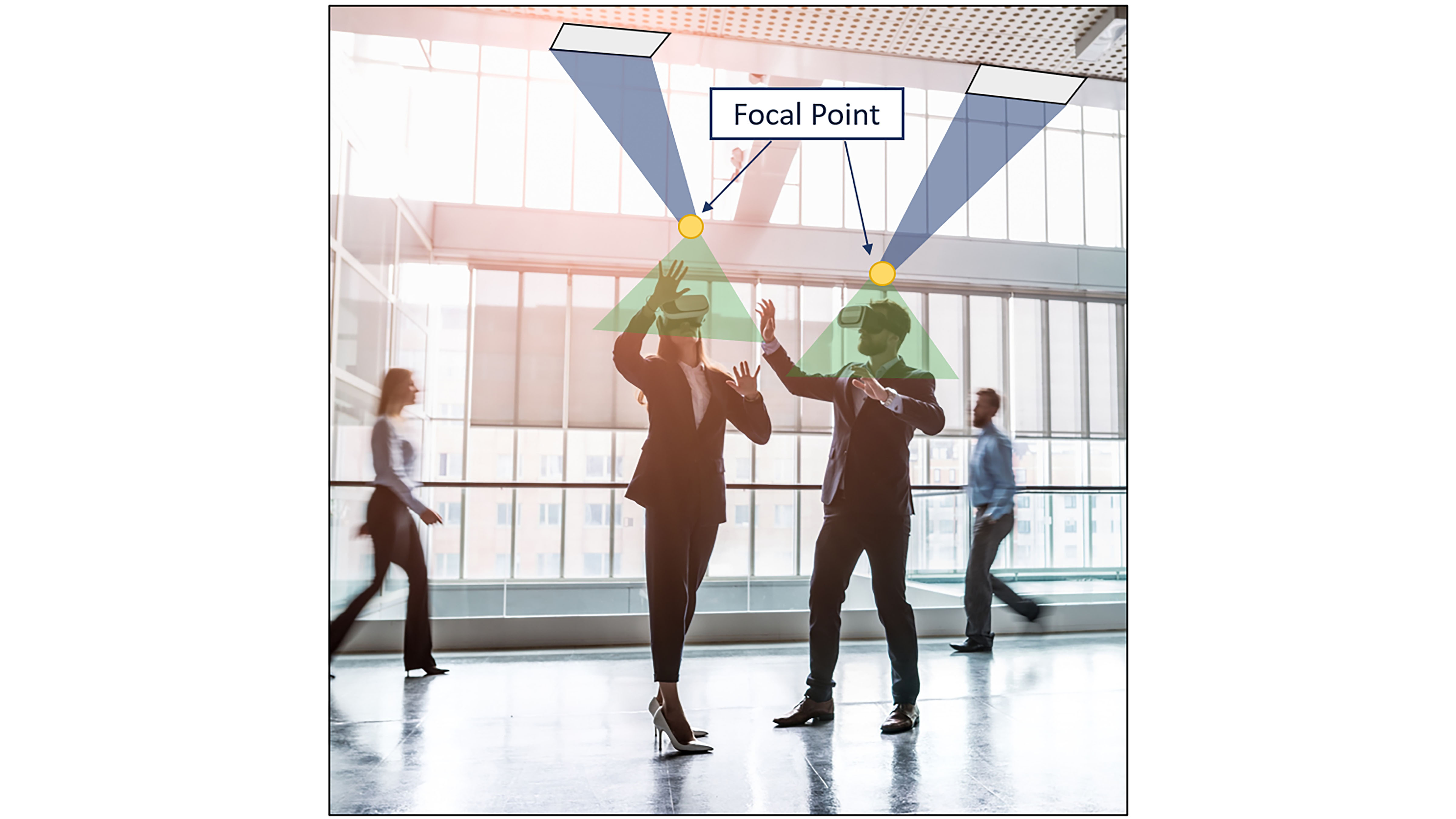
What if a commercial audio speaker could function like an autozoom projector does for light, and you could deliver the sound people want where they want it? Chinmay Rajguru, from the University of Sussex, will discuss his research team’s work creating a sound projector that can deliver spatial sound at a distance by forming a beam of audible sound at the 179th Meeting of the Acoustical Society of America, Dec. 7-10.
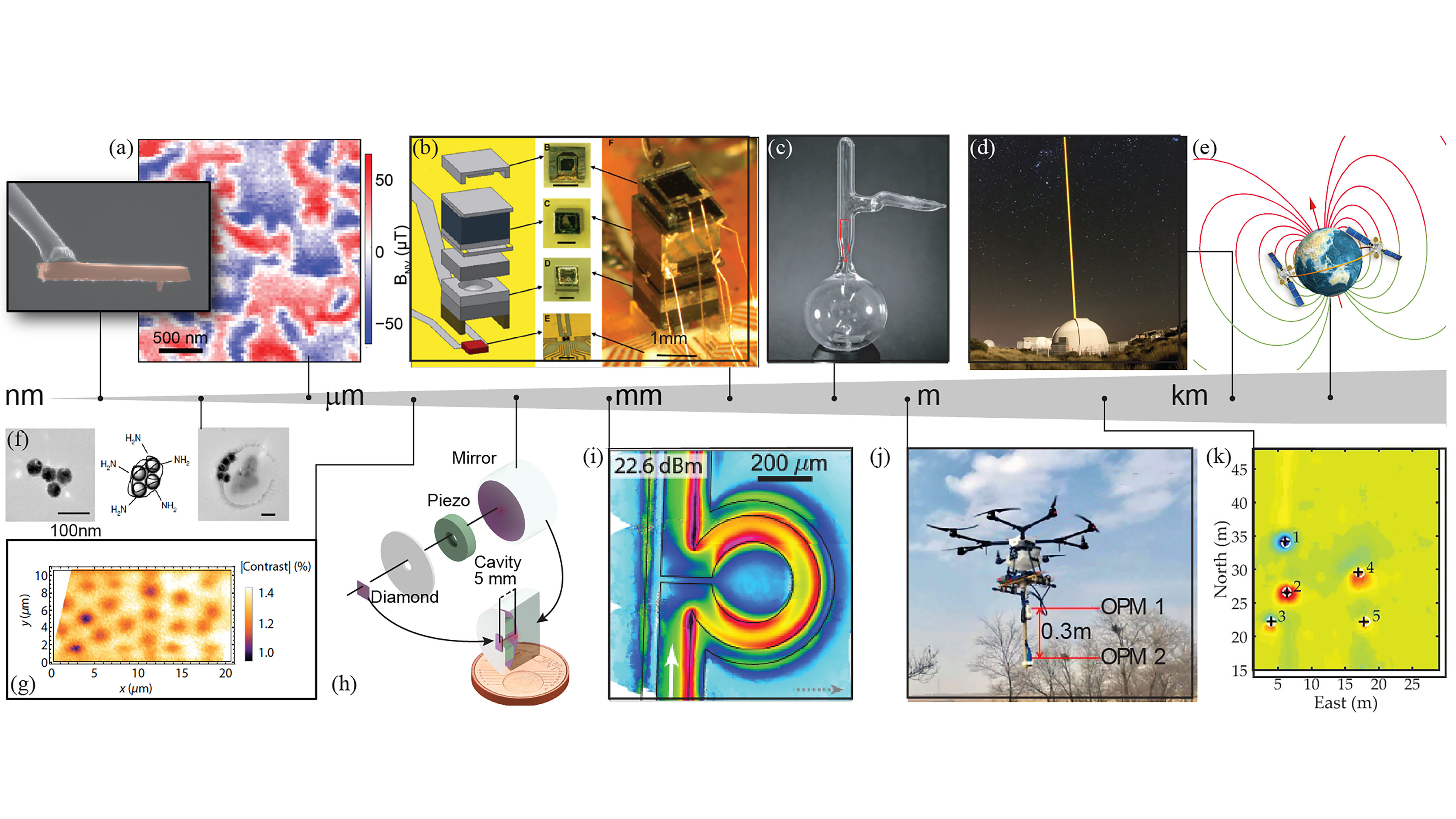
Researchers routinely measure magnetic fields to better understand a vast array of natural phenomena. Many of these measurements are performed in shielded environments, but the research community has achieved these sensitive measurements in extreme environments as well as outside of highly controlled environments. In AVS Quantum Science, researchers discuss ways in which various predominantly optically pumped magnetometer technologies have been adapted for use in a wide range of noisy and physically demanding environments.
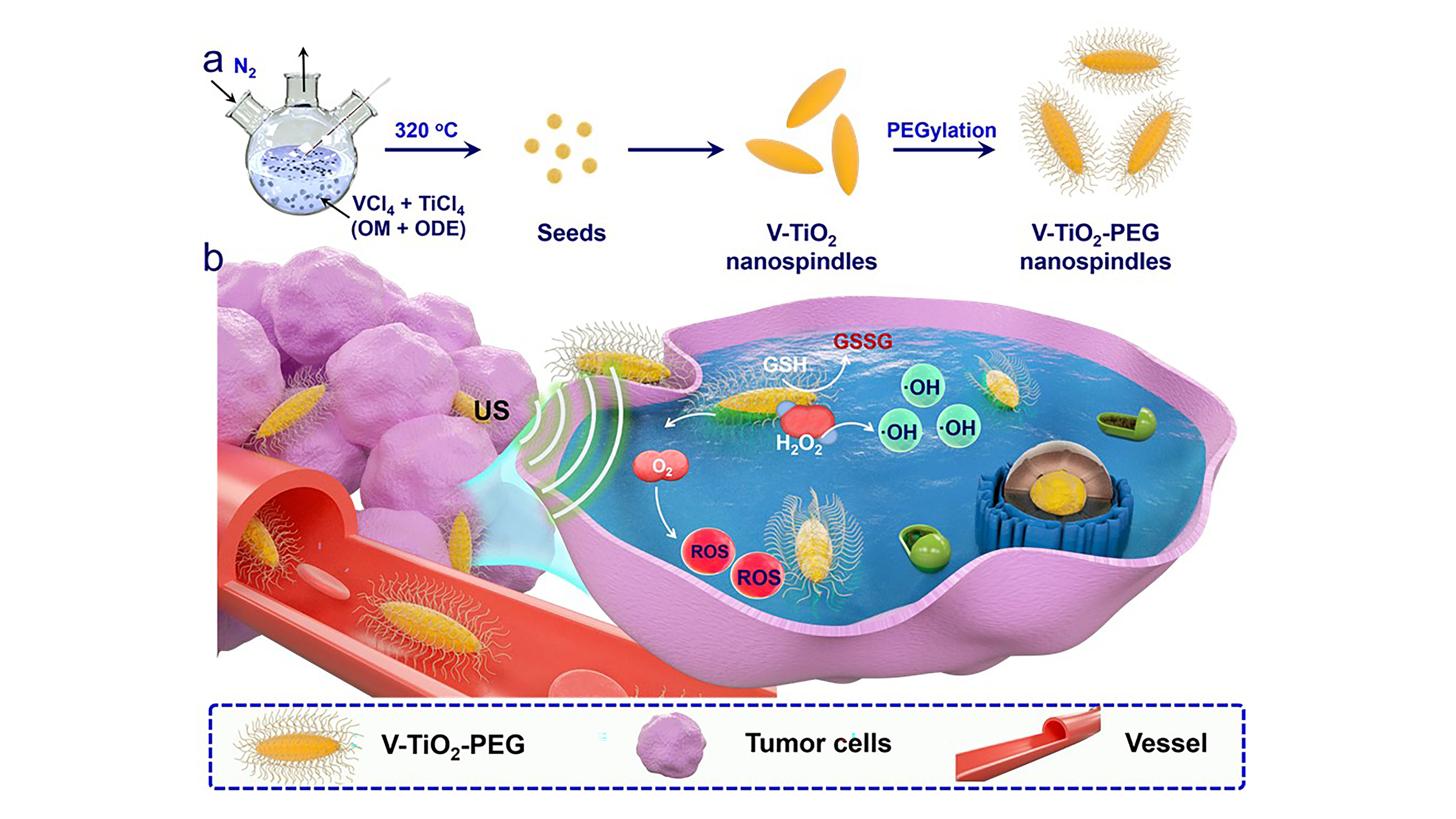
Ultrasound can be used to treat cancer when used in combination with molecules that sensitize the system to sound waves. These sonosensitizers generate toxic reactive oxygen species that attack and kill tumor cells. In Applied Physics Review, scientists report a new type of sonosensitizer based on a vanadium-doped titanium dioxide that enhances the amount of damage ultrasound inflicts on tumors. Studies in mice showed that tumor growth was markedly suppressed when compared to a control group.
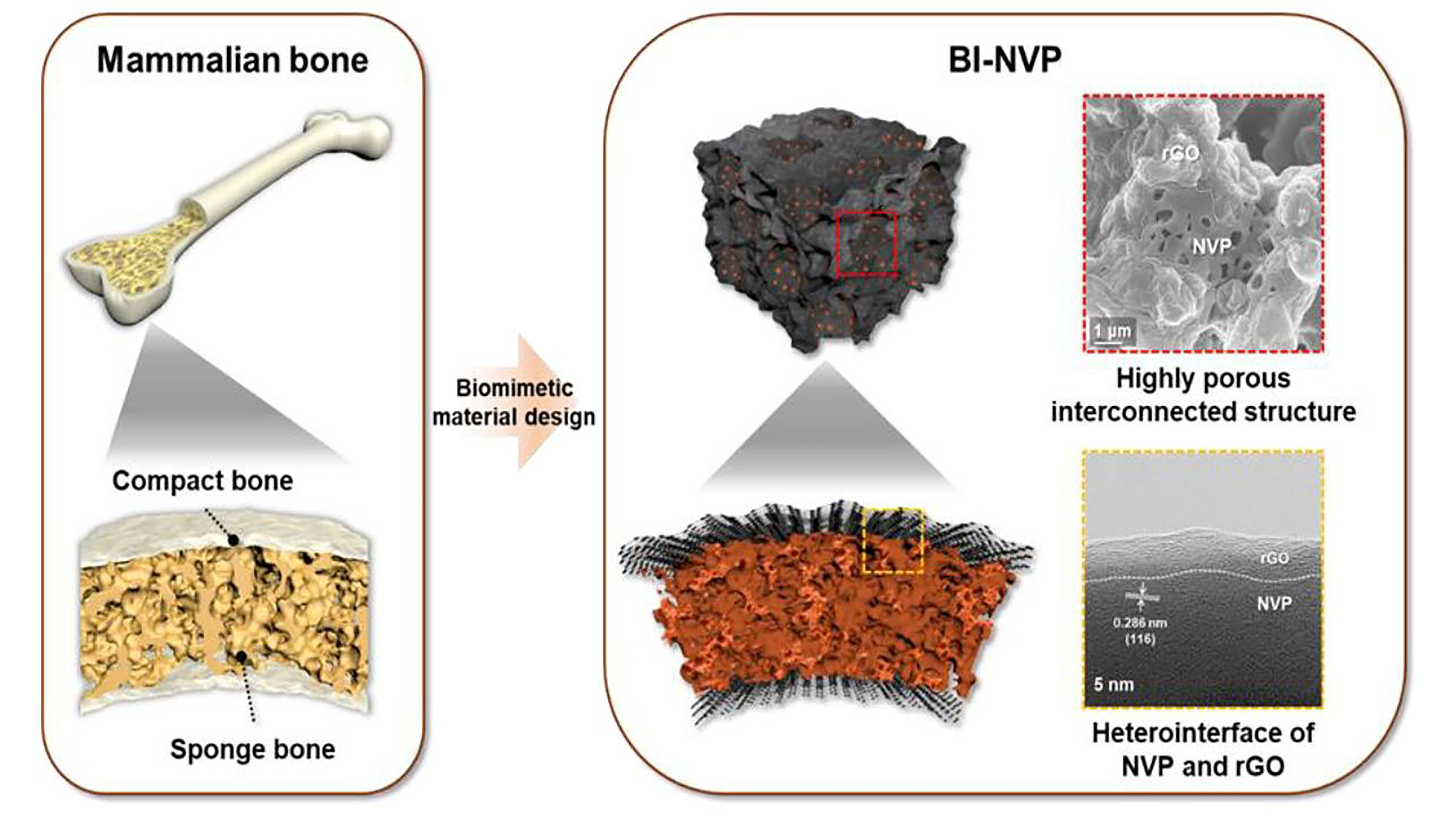
Sodium-ion batteries offer several advantages over lithium-ion batteries; however, it is difficult to develop sodium cathodes, materials through which electrons can enter a battery. Many candidate materials are unstable or cannot withstand high voltages. To find a solution, researchers turned to nature. They created a porous system of NVP structures, surrounded by a dense shell of reduced graphene oxide. They describe the mammal bone-inspired sodium cathode in the journal Applied Physics Reviews.
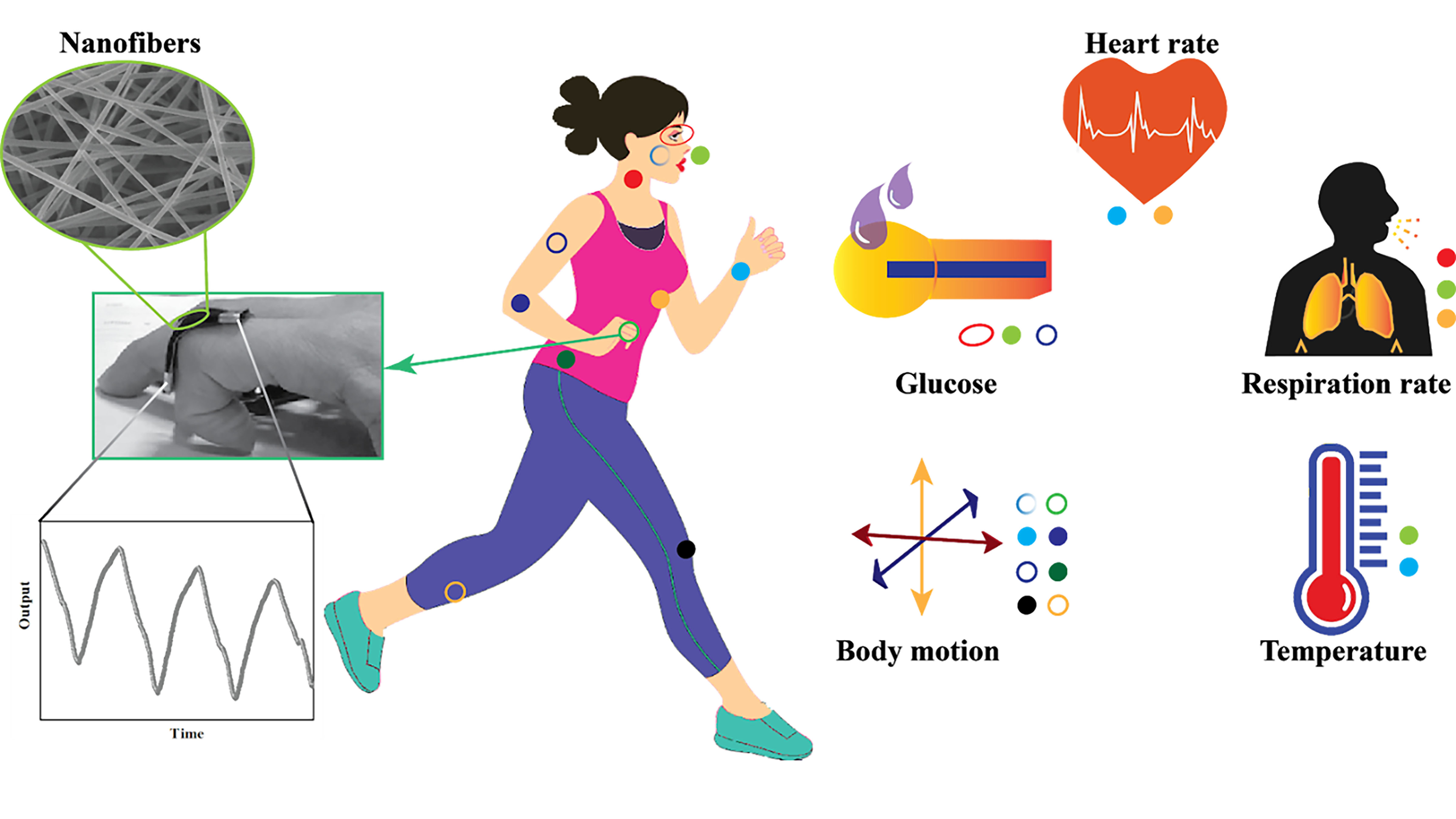
Using an imitation “ear” modeled on the organs that mosquitos use to hear, researchers have identified a mosquito’s species and sex using sound — just like mosquitos do themselves. The researchers hope this bioinspired detector could someday be used in the field to save lives by aiding in more selective pesticide use and possibly preventing mosquitos from mating. A presentation of the new research will be given as part of the 179th ASA Meeting.
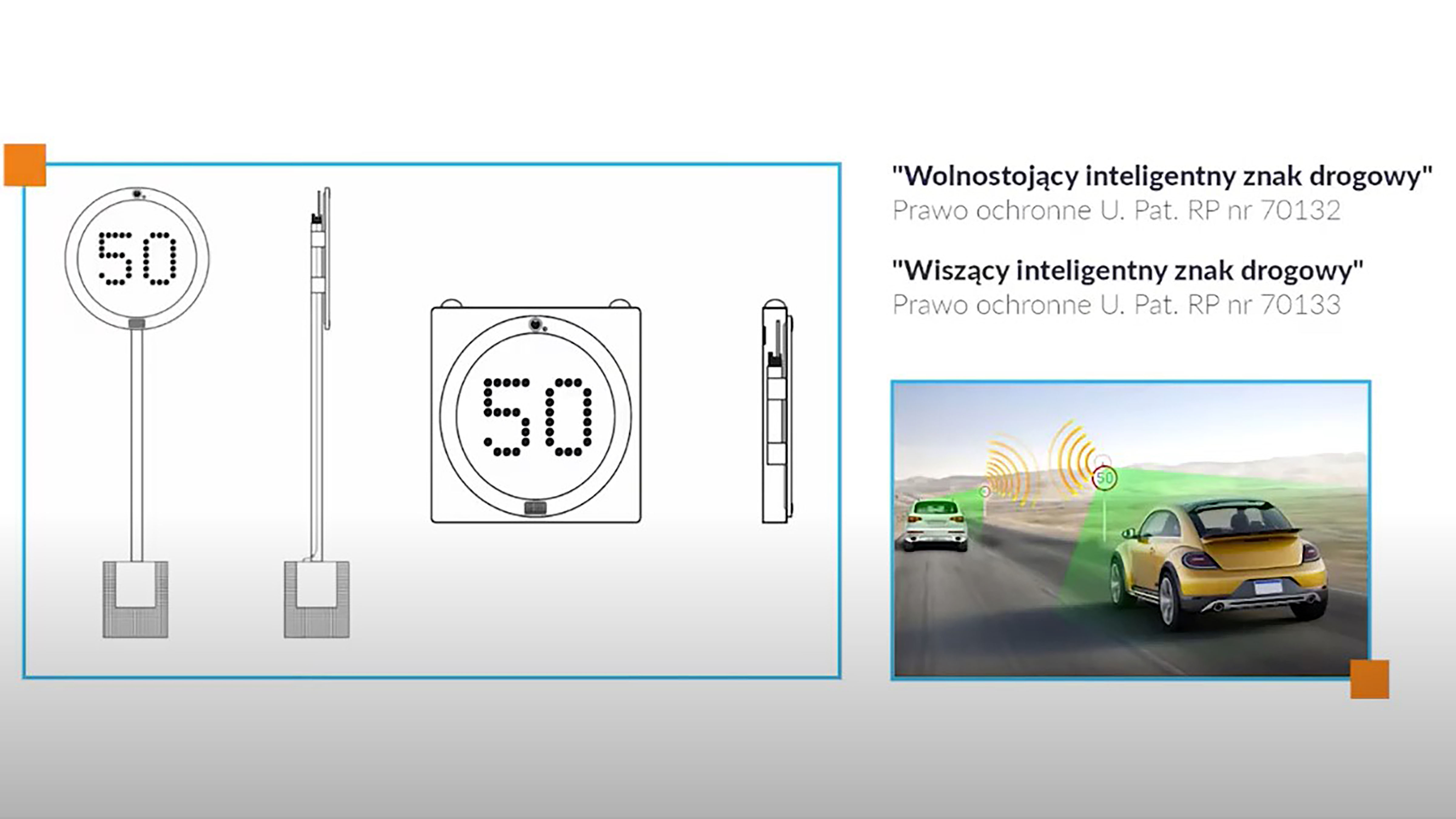
Researchers in Poland have created smart road signs that use built-in Doppler radar, video, and acoustic radar and weather stations to monitor road traffic and conditions to warn drivers in real-time of hazards and prevent collisions on highways. During the 179th ASA Meeting, Dec. 7-10, Andrzej Czyzewski will describe his applied research project to develop autonomous road signs with built-in acoustic radar devices.
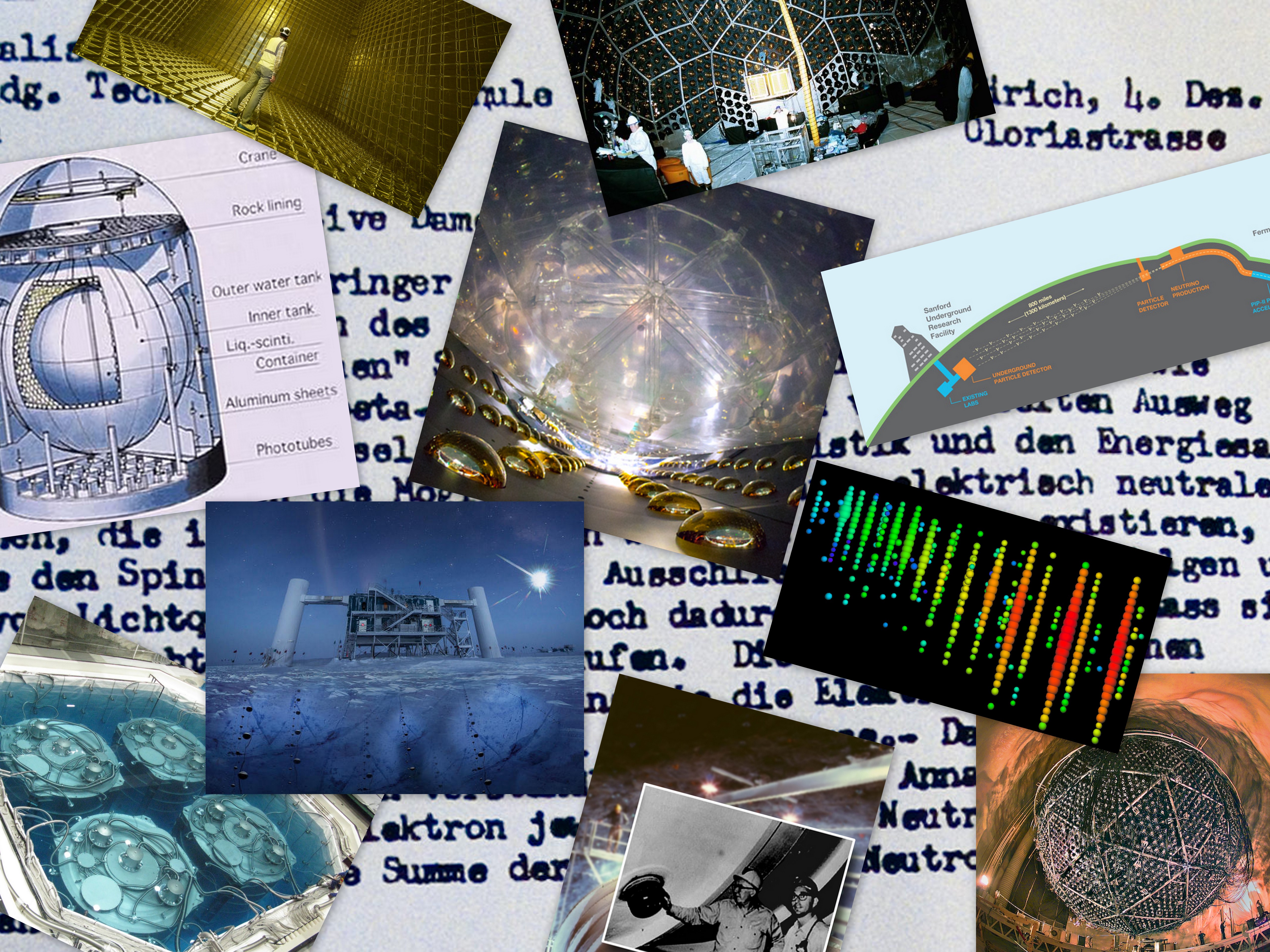
Berkeley Lab has a long history of participating in neutrino experiments and discoveries in locations ranging from a site 1.3 miles deep at a nickel mine in Ontario, Canada, to an underground research site near a nuclear power complex northeast of Hong Kong, and a neutrino observatory buried in ice near the South Pole.
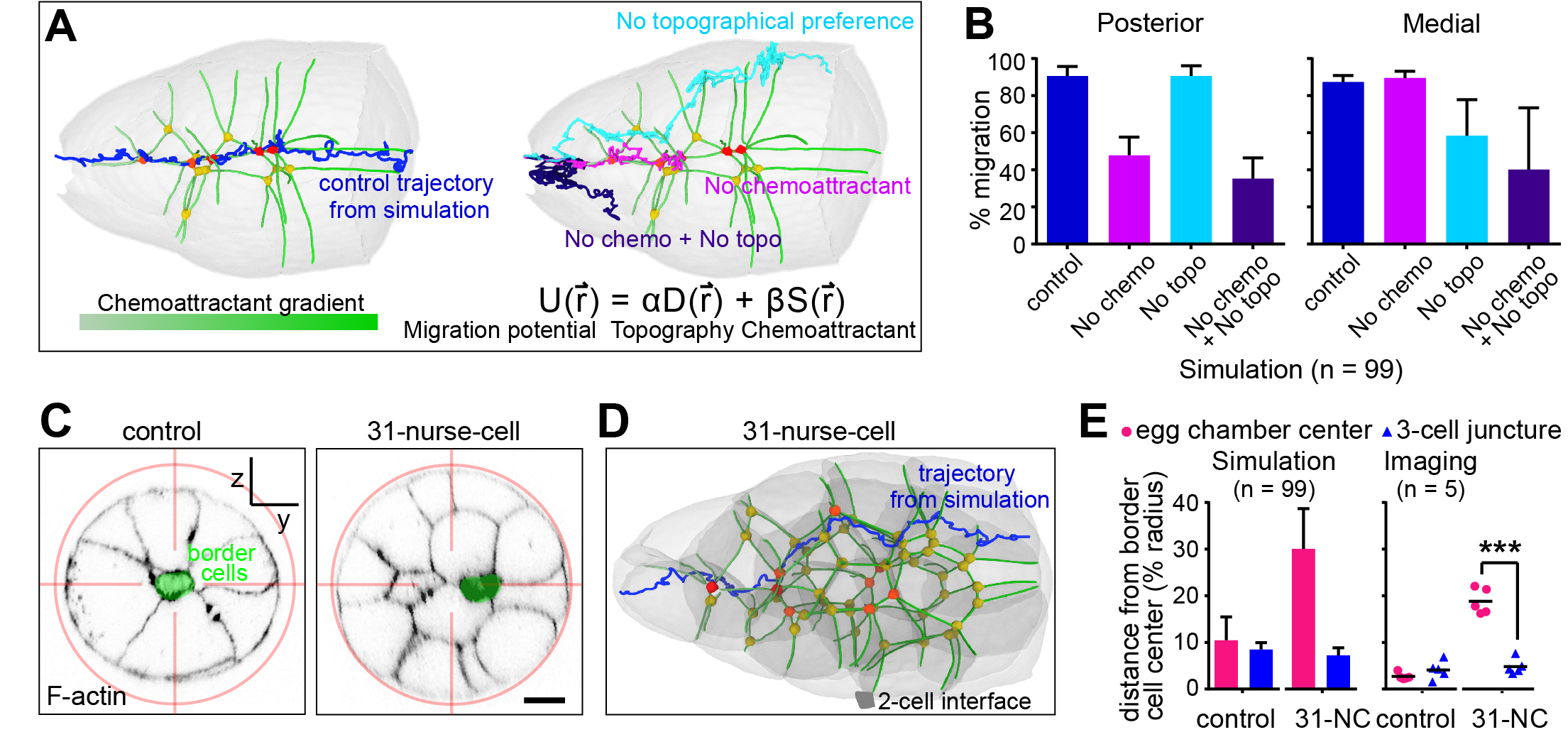
A team of physicists and biologists investigate the effect that the geometry of the biological environment has on cellular movement. Their findings are published in the journal Science.
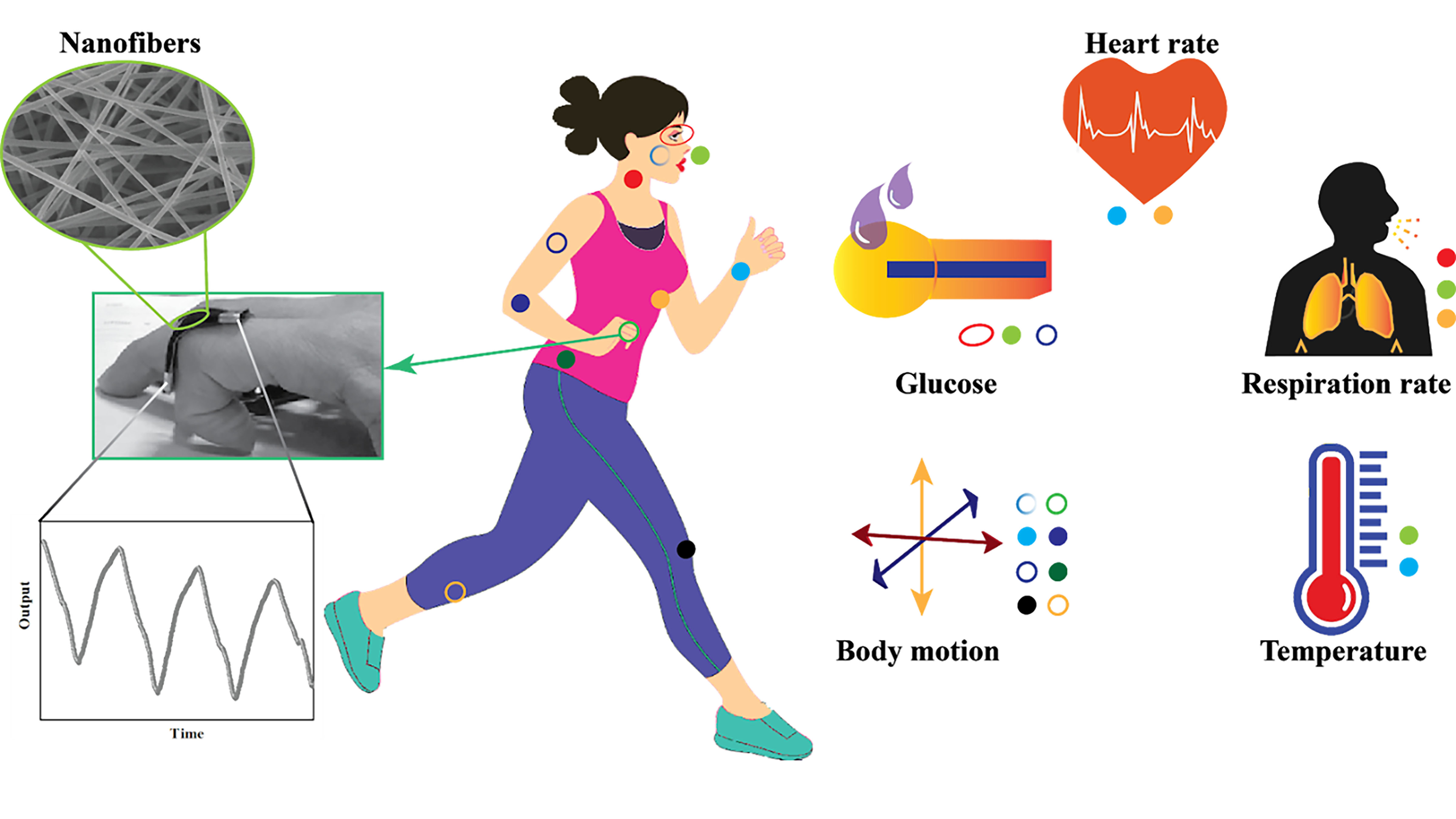
A shirt that monitors your blood pressure or a pair of socks that can keep track of your cholesterol levels might be just a few years away from becoming reality. In Applied Physics Reviews, researchers examine the use of microfibers and nanofibers as wearable monitors that could keep track of a patient’s vital signs. The microfiber- and nanofiber-based technology addresses growing concerns in the medical community about monitoring chronic illnesses as the population ages.
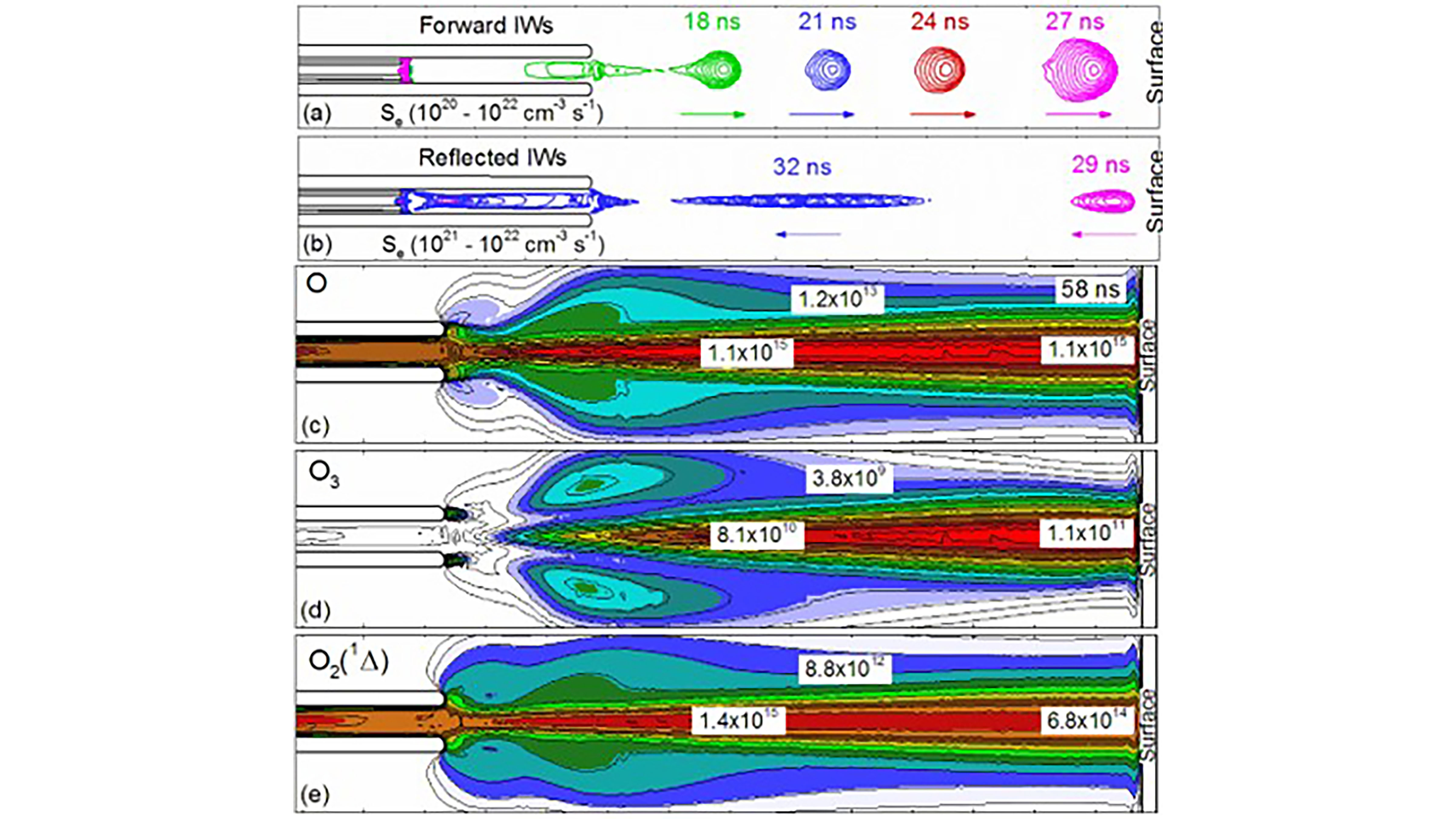
Plasma medicine is an emerging field, as plasmas show promise for use in a wide range of therapies from wound healing to cancer treatment, and plasma jets are the main plasma sources typically used in plasma-surface applications. To better understand how plasma jets modify the surfaces of biological tissue, researchers conducted computer simulations of the interaction between an atmospheric pressure plasma jet with a surface that has properties similar to blood serum. They present their analysis in the Journal of Applied Physics.
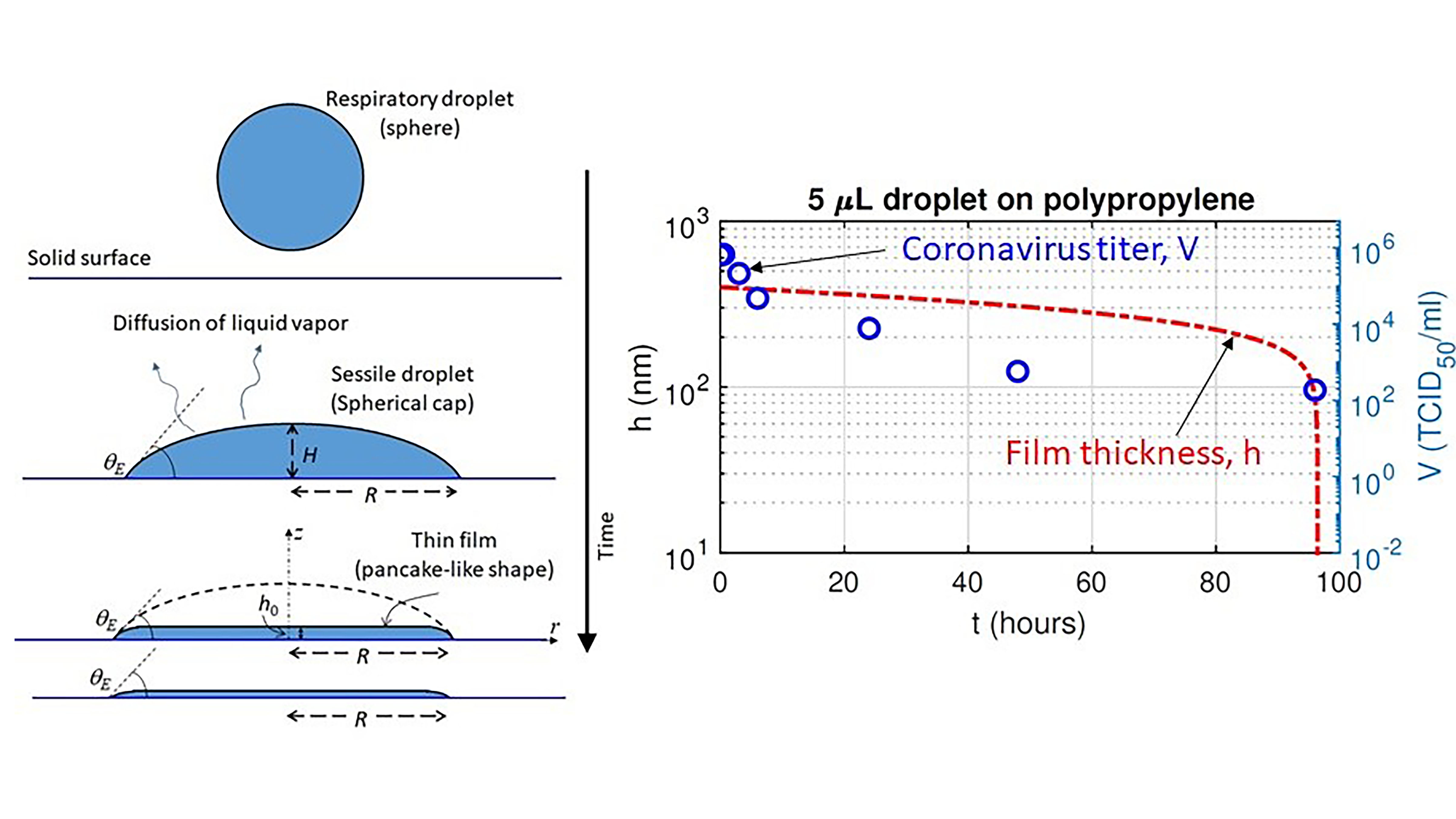
To find out how the COVID-19 virus survives on surfaces, researchers in India are exploring the drying times of thin liquid films that persist on surfaces after most respiratory droplets evaporate. While the drying time of typical respiratory droplets is on the order of seconds, the survival time of the COVID-19 virus was found to be on the order of hours. In Physics of Fluids, the researchers describe how a nanometers-thick liquid film clings to the surface, allowing the virus to survive.
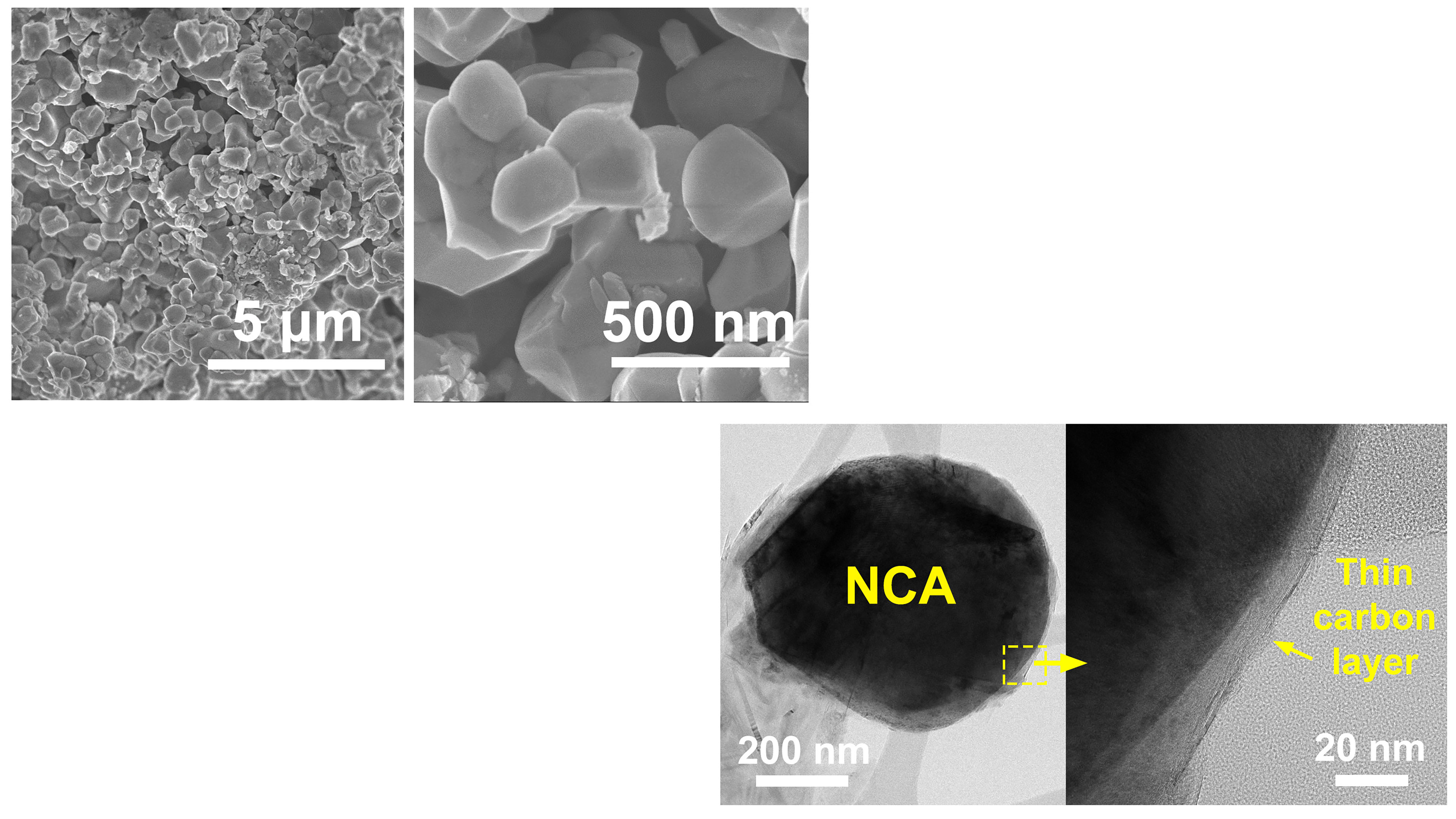
Lithium-ion batteries that function as high-performance power sources for renewable applications, such as electric vehicles and consumer electronics, require electrodes that deliver high energy density without compromising cell lifetimes. In the Journal of Vacuum Science and Technology A, researchers investigate the origins of degradation in high energy density LIB cathode materials and develop strategies for mitigating those degradation mechanisms and improving LIB performance.
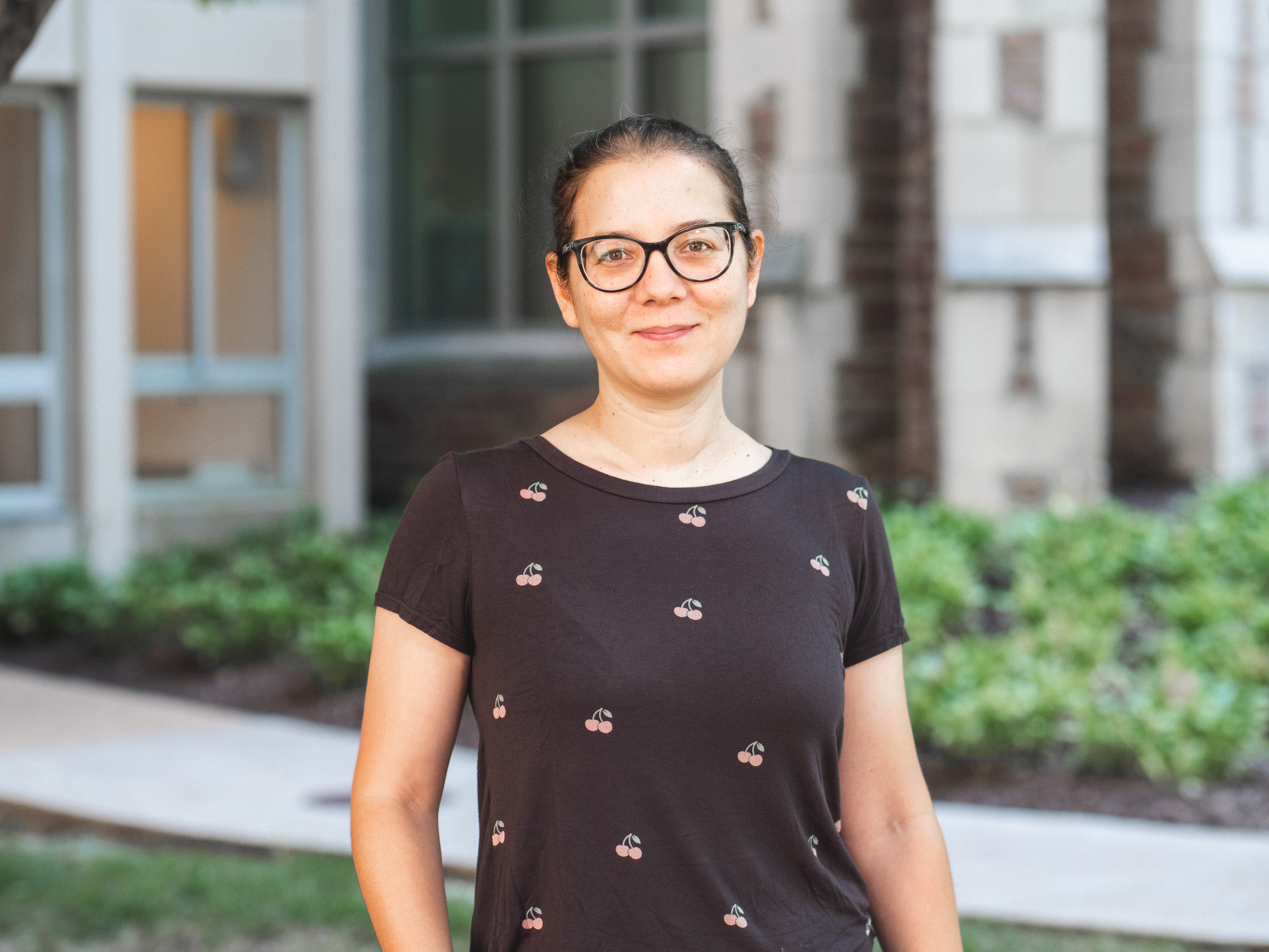
The dense region at the center of an atom is a place where scientists can test their understanding of the fundamental interactions. A recent publication contributes to a body of increasingly accurate, descriptive calculations of nuclear structure and reactions.
AIP Publishing is pleased to announce the launch of Chemical Physics Reviews and publication of the first articles from their latest journal. The focus for CPR will include experimental and theoretical research in fundamental issues in chemical physics alongside its applications in other branches of science, medicine, and engineering. Its scope will include areas such as material surfaces and interfaces, dynamics in chemical processes, polymers and soft matter, environmental and green chemistry, and energy storage and conversion.

Personal protective equipment, like face masks and gowns, is generally made of polymers. But not much attention is typically given to the selection of polymers used beyond their physical properties. To help with the identification of materials that will bind to a virus and speed its inactivation for use in PPE, researchers have developed a high-throughput approach for analyzing the interactions between materials and viruslike particles. They report their method in the journal Biointerphases.
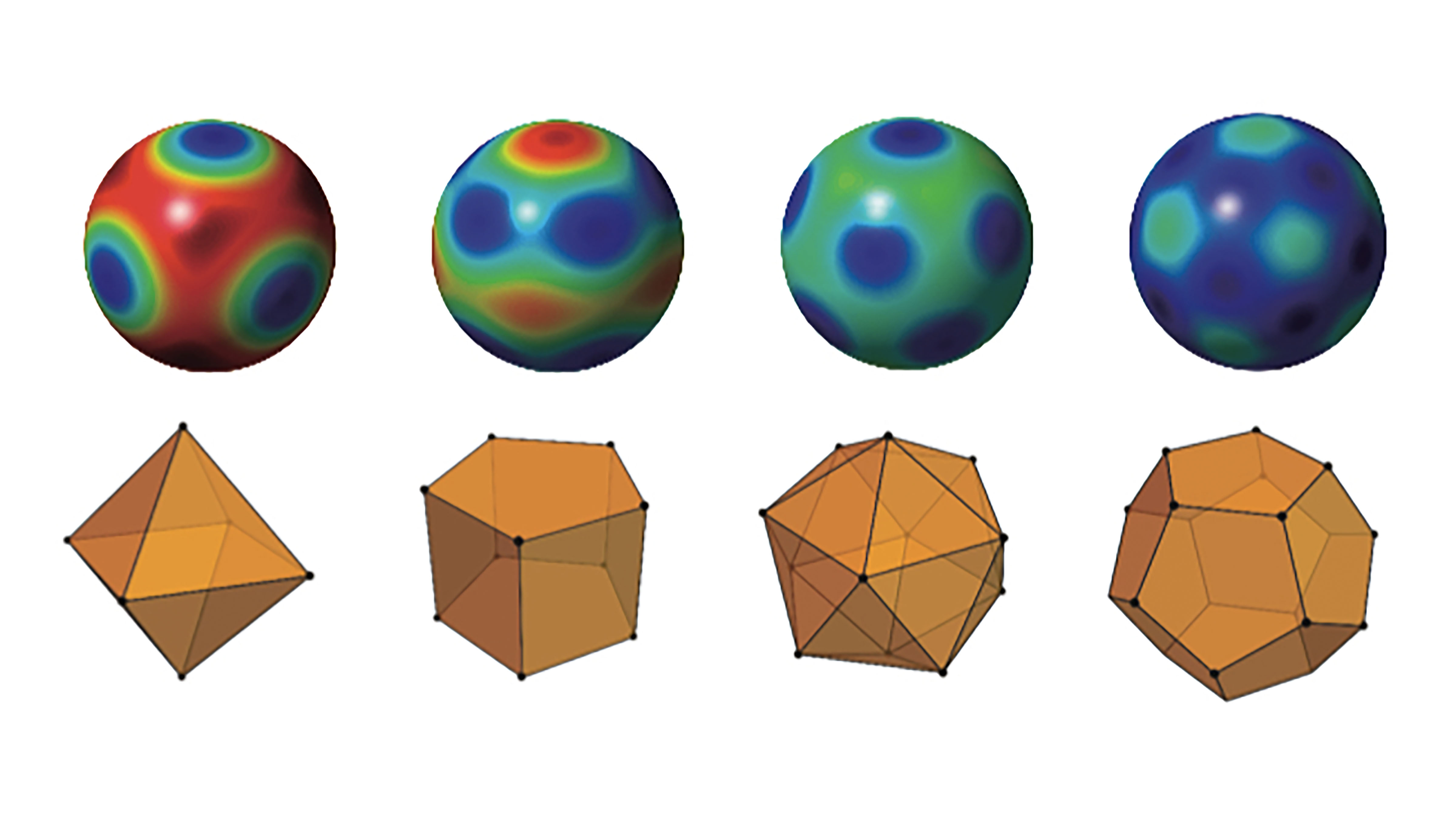
Large objects behave in accordance with the classical laws of mechanics formulated by Sir Isaac Newton and small ones are governed by quantum mechanics, where an object can behave as both a wave and a particle. The boundary between the classical and quantum realms has always been of great interest. Research reported in AVS Quantum Science, considers the question of what makes something “more quantum” than another — is there a way to characterize “quantumness”?
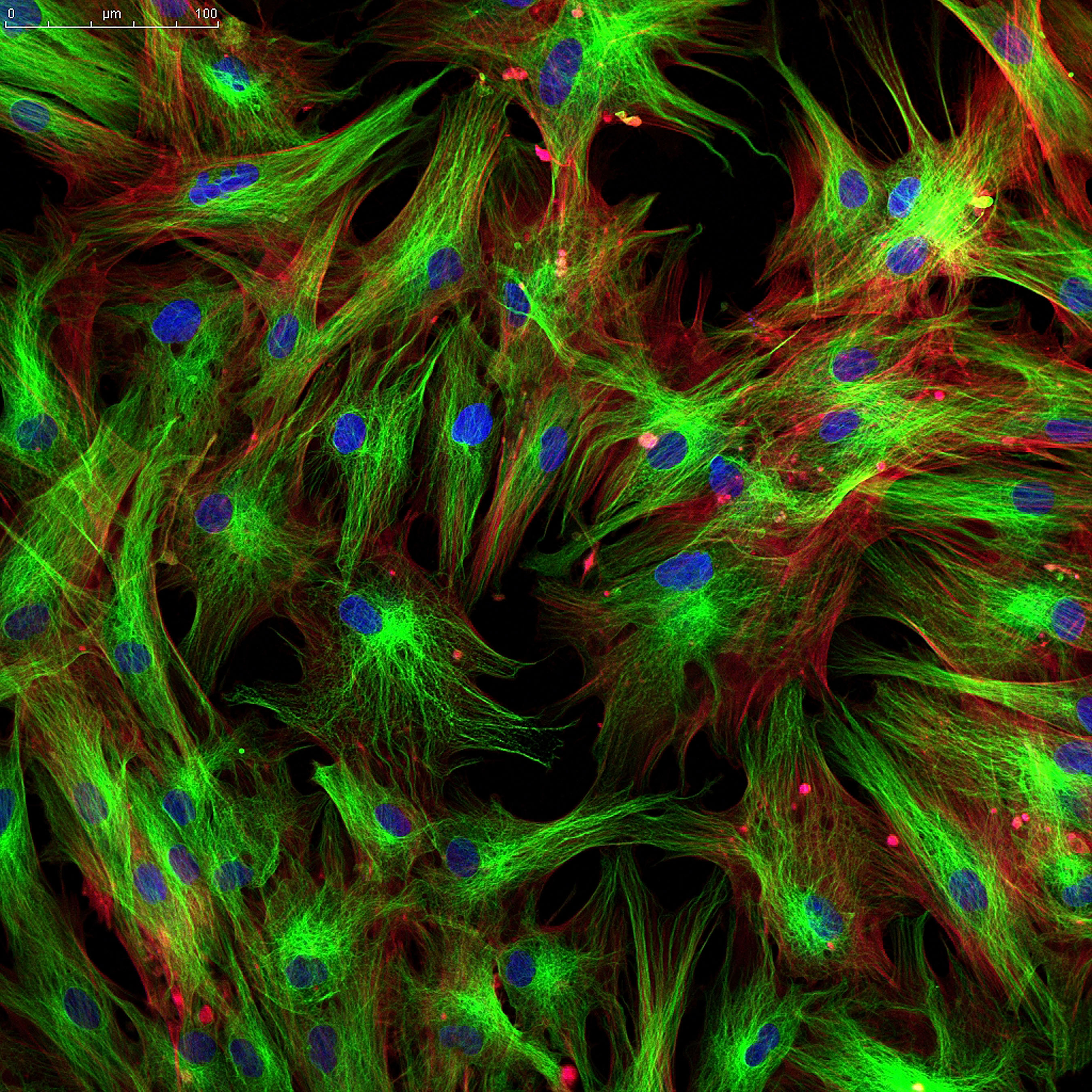
AIP Publishing is pleased to announce the first published articles from its latest journal, Biophysics Reviews. BPR plans to publish articles that have the potential to influence thinking in the biophysics field or report a significant discovery. In both the reviews and research articles, the editors look to provide readers with the ideas and tools necessary to advance the field of biophysics.
The Acoustical Society of America will hold its 179th meeting Dec. 7-11. To ensure the safety of attendees, volunteers, and ASA staff, the December meeting, “Acoustics Virtually Everywhere,” will be hosted entirely online. The conference brings together interdisciplinary groups of scientists spanning physics, medicine, music, psychology, architecture, and engineering to discuss their latest research — including research related to COVID-19.
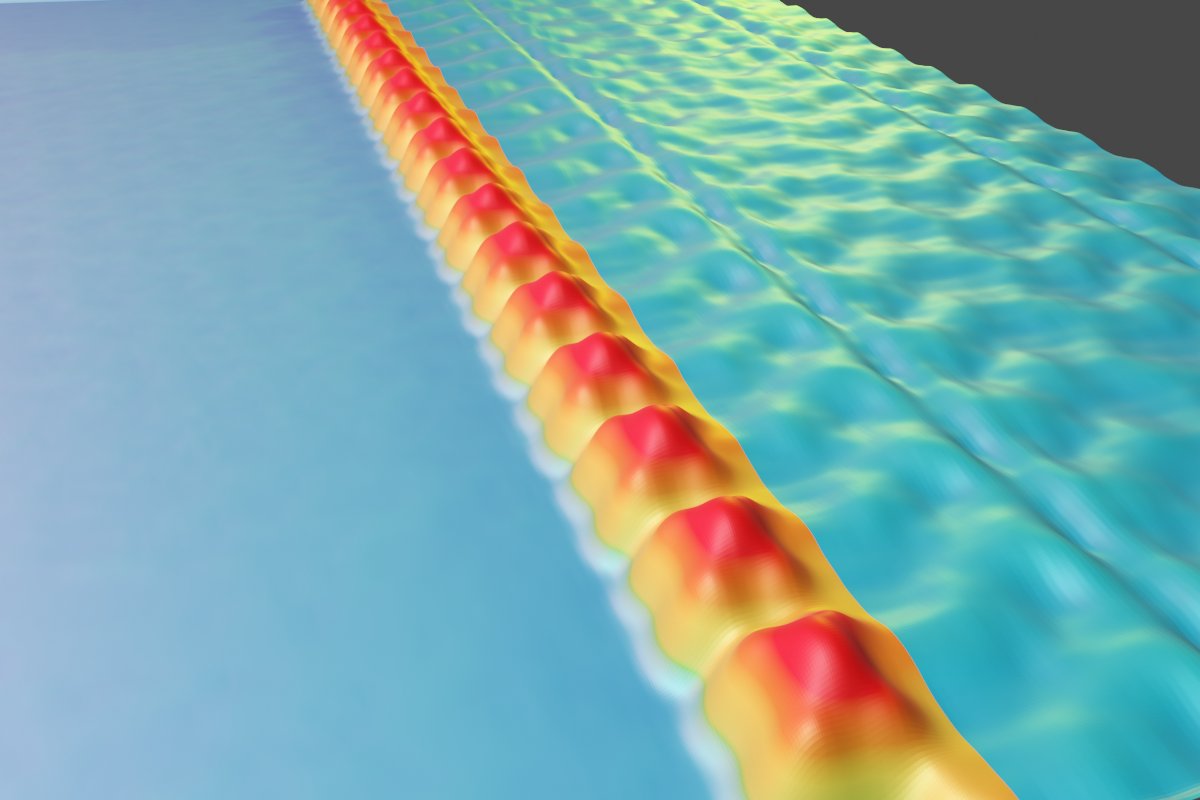
Removing one charged molecule from a one-dimensional array causes the others to alternately turn ‘on’ or ‘off,’ paving the way for information transfer in tiny circuits
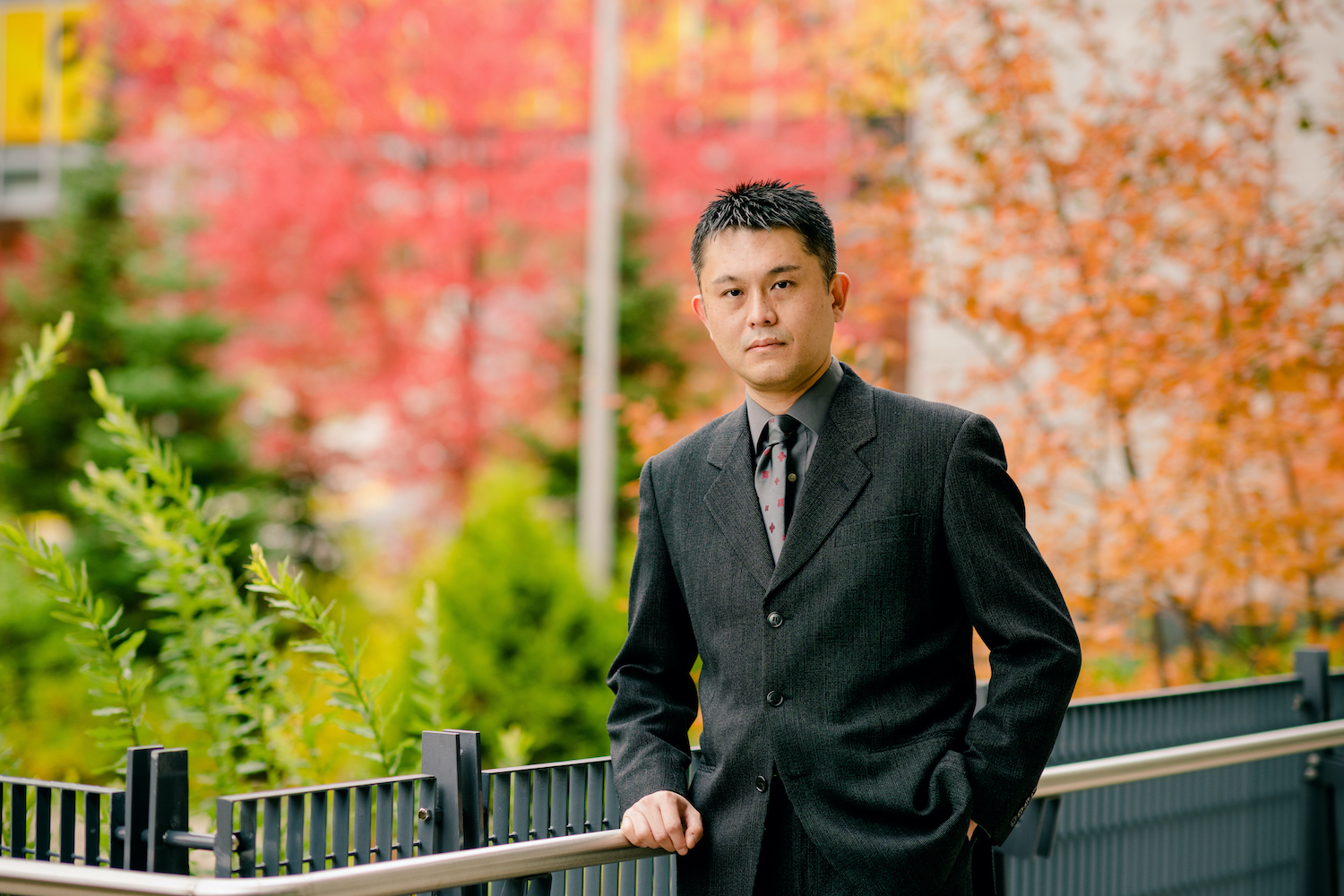
Michigan Tech physicist Issei Nakamura has received a National Science Foundation (NSF) CAREER Award for his research on computational methods to simulate how polymeric liquids interact with electric charges.

Researchers from UCLA believe using plasma could promise a significant breakthrough in the fight against the spread of COVID-19. In Physics of Fluids, modeling conducted showed strains of the coronavirus on surfaces like metal, leather, and plastic were killed in as little as 30 seconds of treatment with argon-fed, cold atmospheric plasma. The researchers used an atmospheric pressure plasma jet they built with a 3D printer to spray surfaces that were treated with SARS-CoV-2 cultures.

Lithium-ion batteries are the major rechargeable power source for many portable devices as well as electric vehicles, but their use is limited, because they do not provide high power output while simultaneously allowing reversible energy storage. Research reported in Applied Physics Reviews aims to offer a solution by showing how the inclusion of conductive fillers improves battery performance.
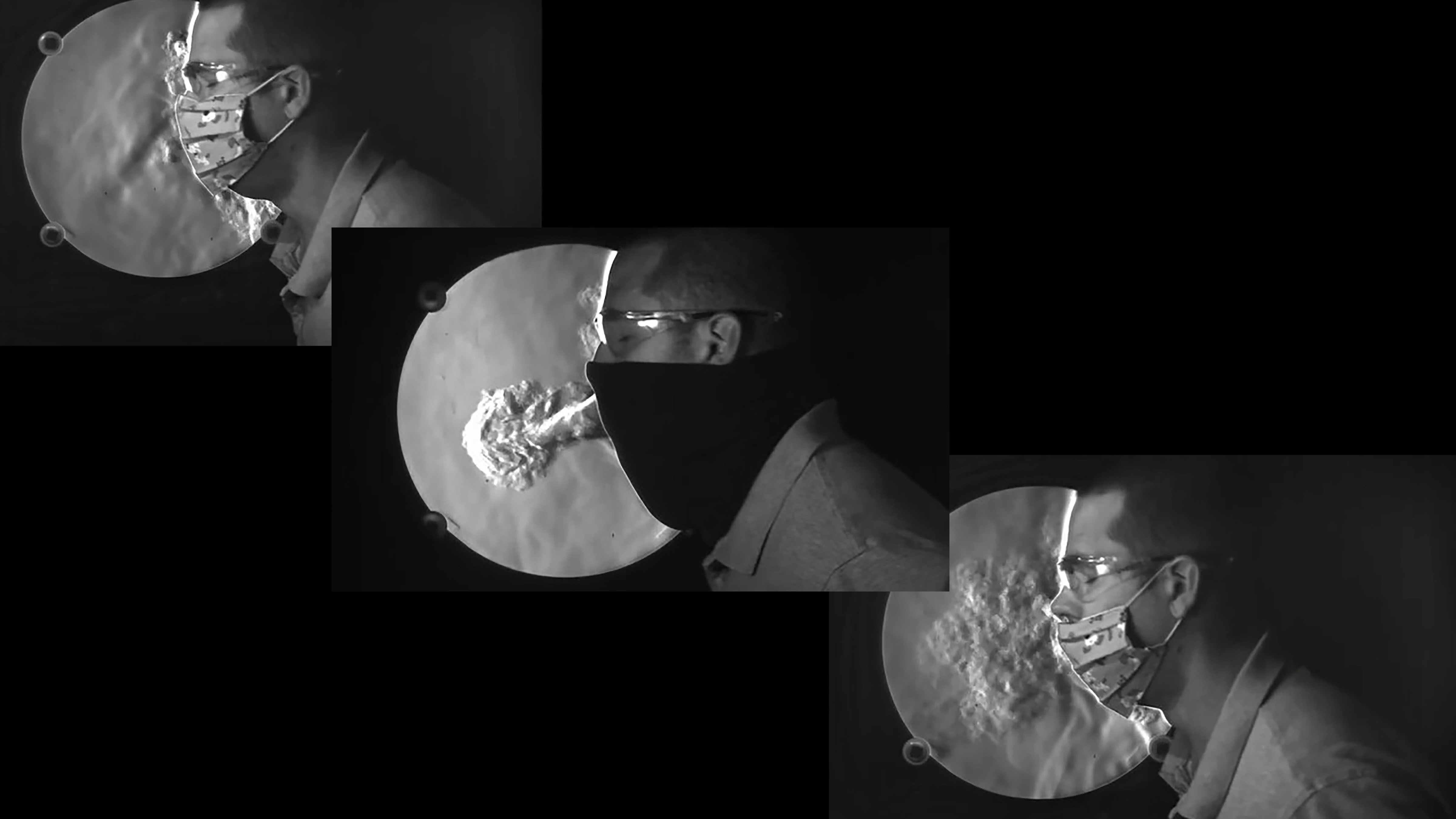
Matthew Staymates, fluid dynamicist at the National Institute of Standards and Technology, is studying different mask types to determine which are the most effective at reducing disease transmission. In Physics of Fluids, he describes exploring the basic flow dynamics of N95 masks with or without exhalation valves. To do this, he generates stunning video from his schlieren imaging, a method to visualize the fluid flow away from the surface of an object, and light scattering.
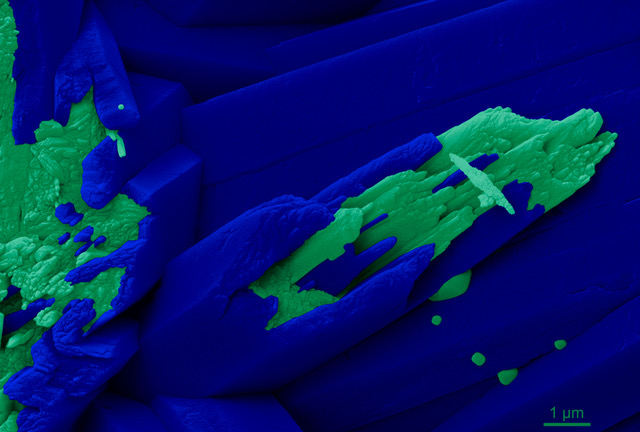
In a new study, University of Wisconsin–Madison physicists observed reef-forming corals at the nanoscale and identified how they create their skeletons. The results provide an explanation for how corals are resistant to acidifying oceans and suggest that controlling water temperature, not acidity, is crucial to mitigating loss and restoring reefs.
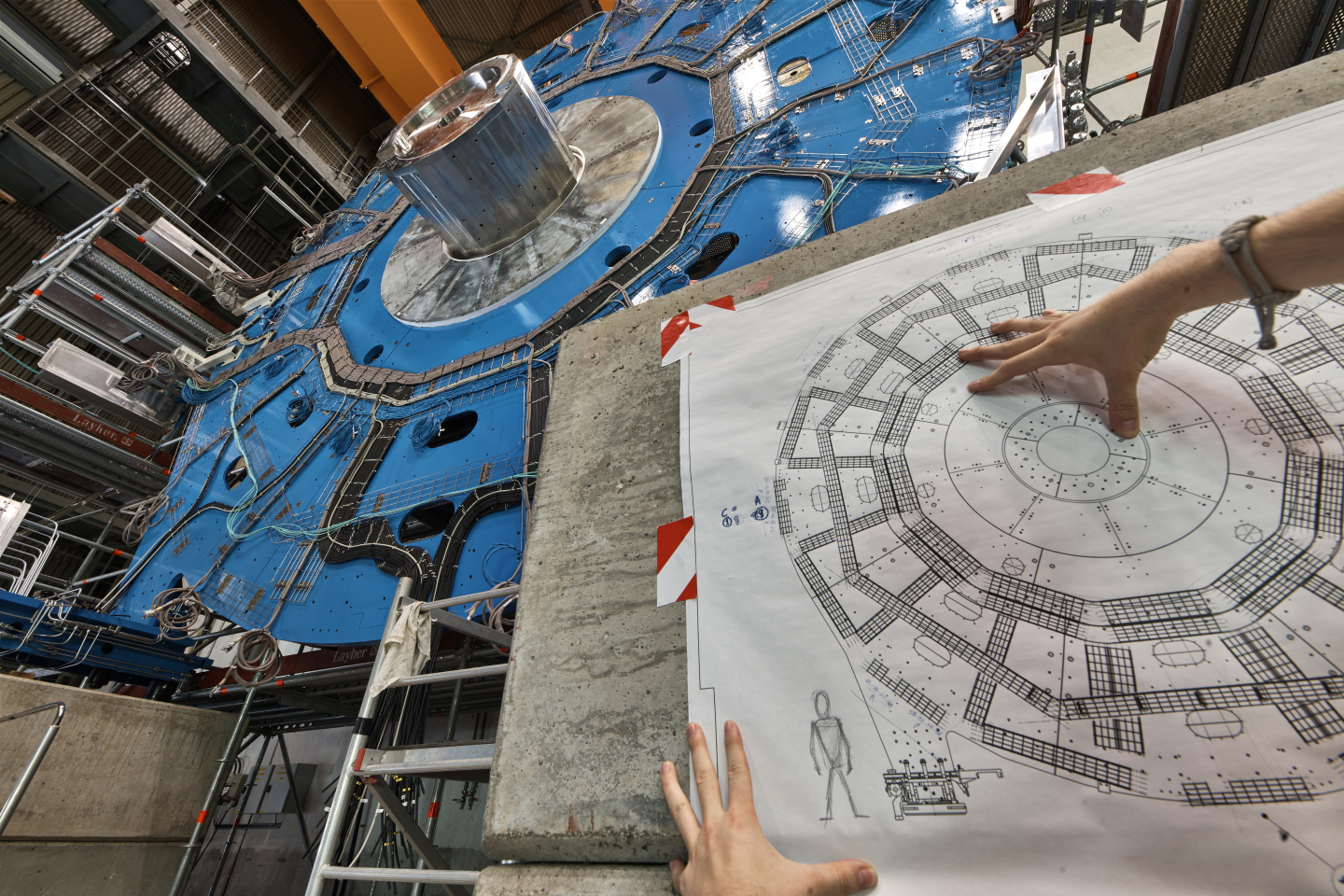
Borrowing a page from high-energy physics and astronomy textbooks, a team of physicists and computer scientists at Berkeley Lab has successfully adapted and applied a common error-reduction technique to the field of quantum computing.
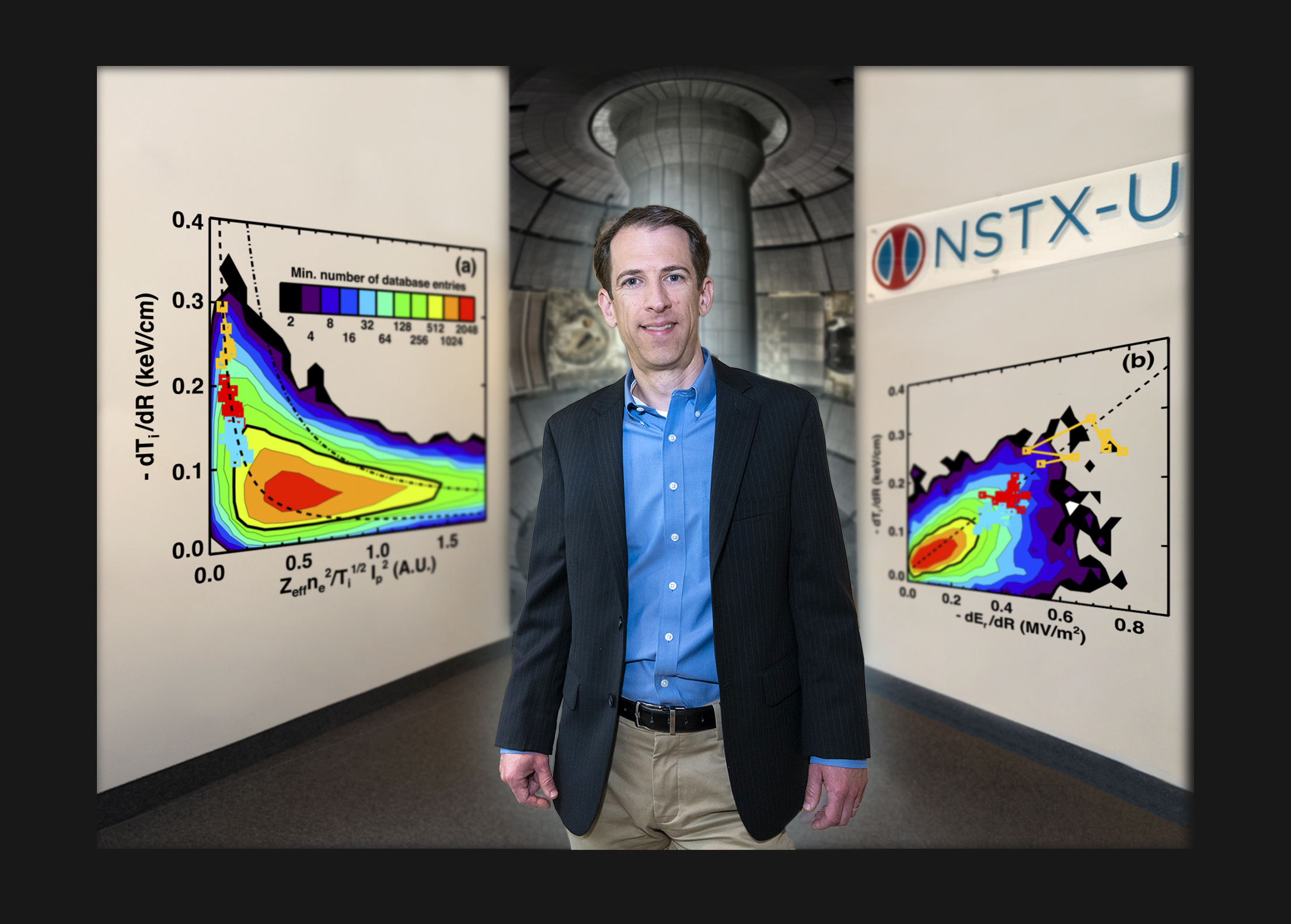
Researchers at PPPL have gained a better understanding of a promising method for improving the confinement of superhot fusion plasma using magnetic fields.
The National Science Foundation has awarded the Cornell High Energy Synchrotron Source (CHESS) $32.6 million to build a High Magnetic Field (HMF) beamline, which will allow researchers to conduct precision X-ray studies of materials in persistent magnetic fields that exceed those available at any other synchrotron.
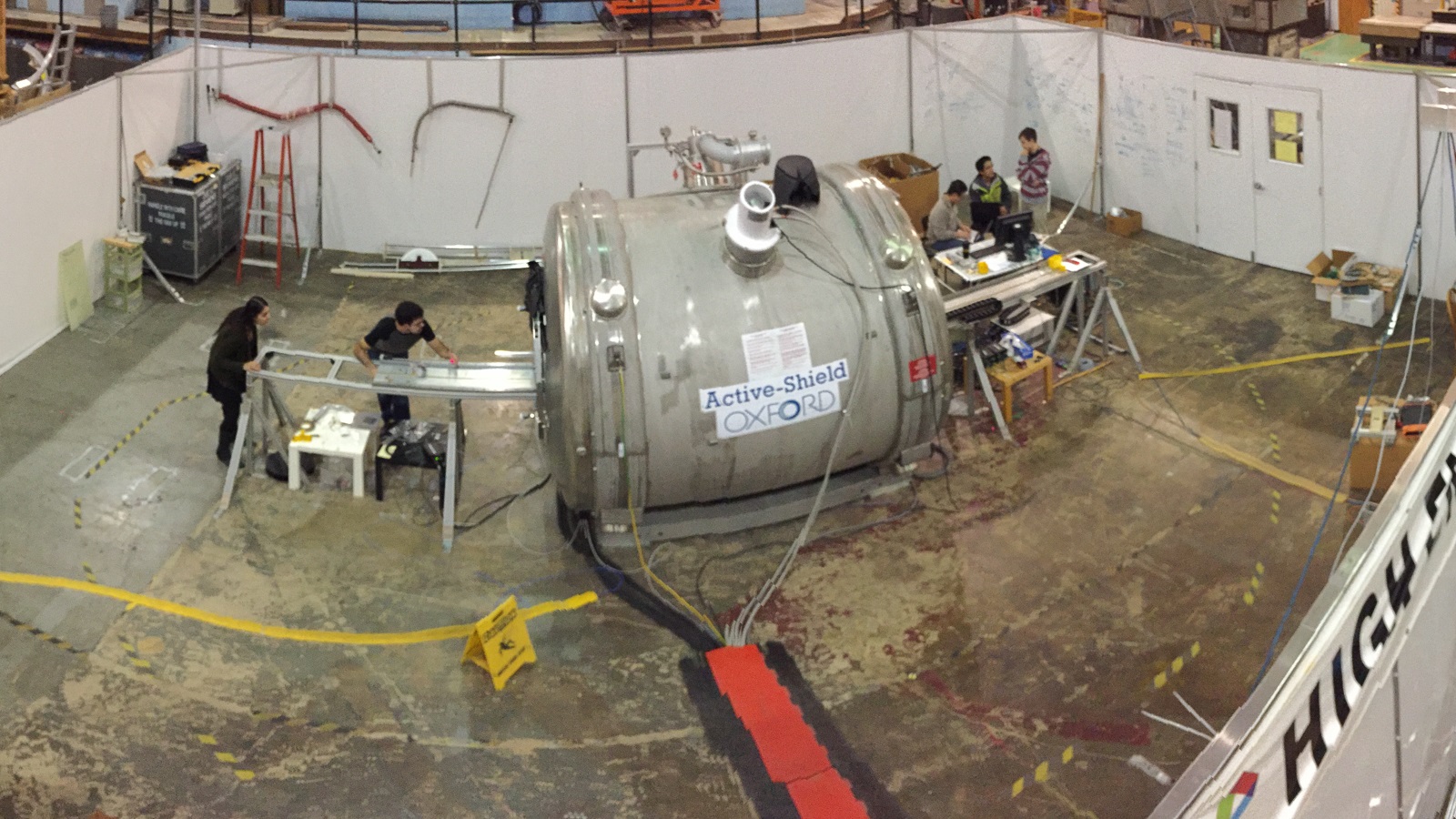
For five years, a recycled MRI magnet has provided strong magnetic fields for cross-calibration and testing of equipment used in major physics experiments.
Instead of the IPhO 2020 that was supposed to take place this summer in Vilnius, Lithuania, MIPT will be organizing the 2020 International distributed Physics Olympiad Dec. 7-15. Countries are welcome to create national teams and register for the olympiad before Nov. 8.
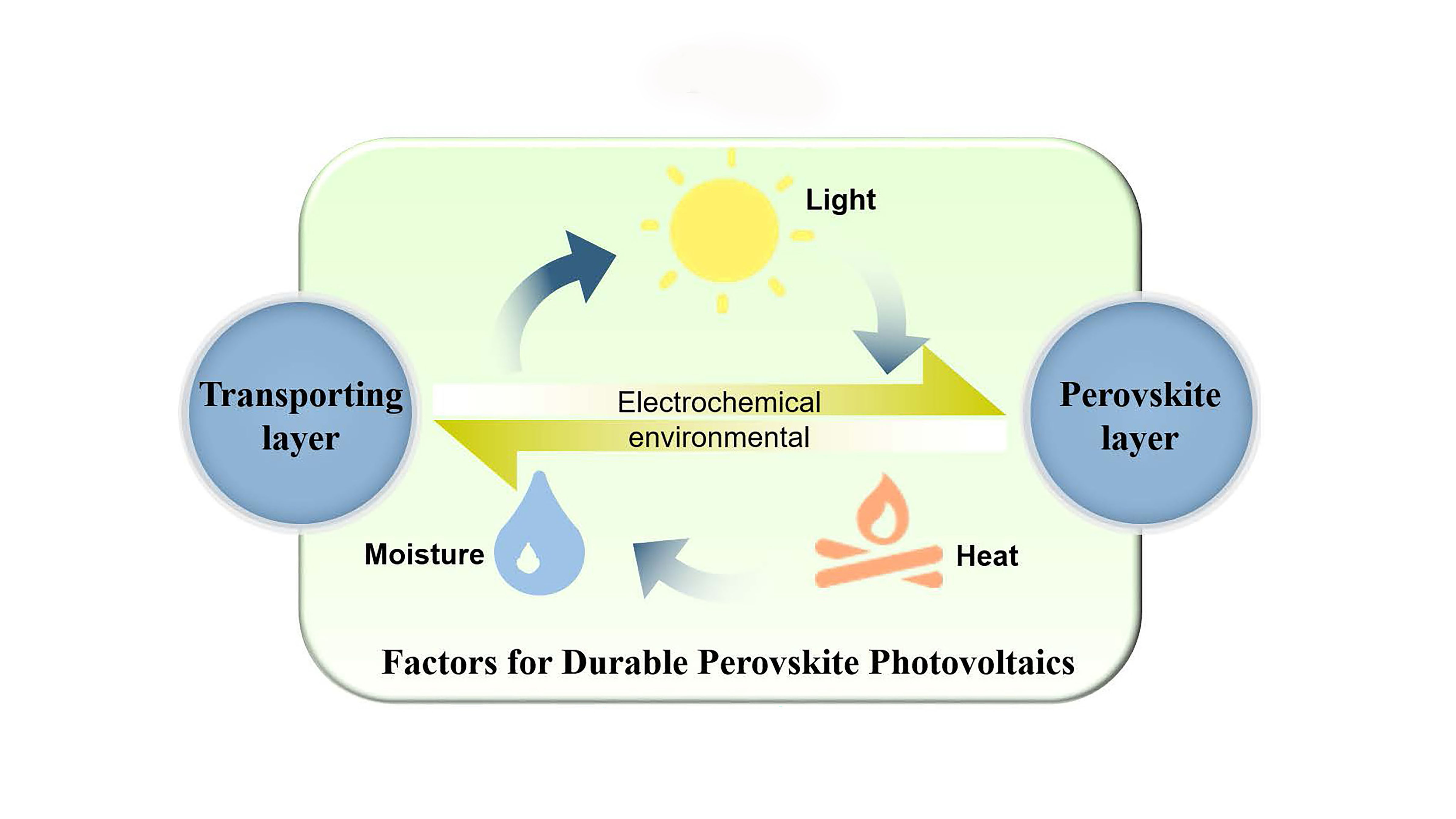
Perovskite materials are increasingly popular as the active layer in solar cells, but internal forces in these materials cause distortions in their crystal structures, reducing symmetry and contributing to their intrinsic instability. Researchers at Soochow University examined the mechanisms at play, as well as several degradation factors that influence the performance of perovskite photovoltaics. In APL Materials, they clarified the factors influencing the degradation and they summarized some feasible approaches for durable perovskite photovoltaics.
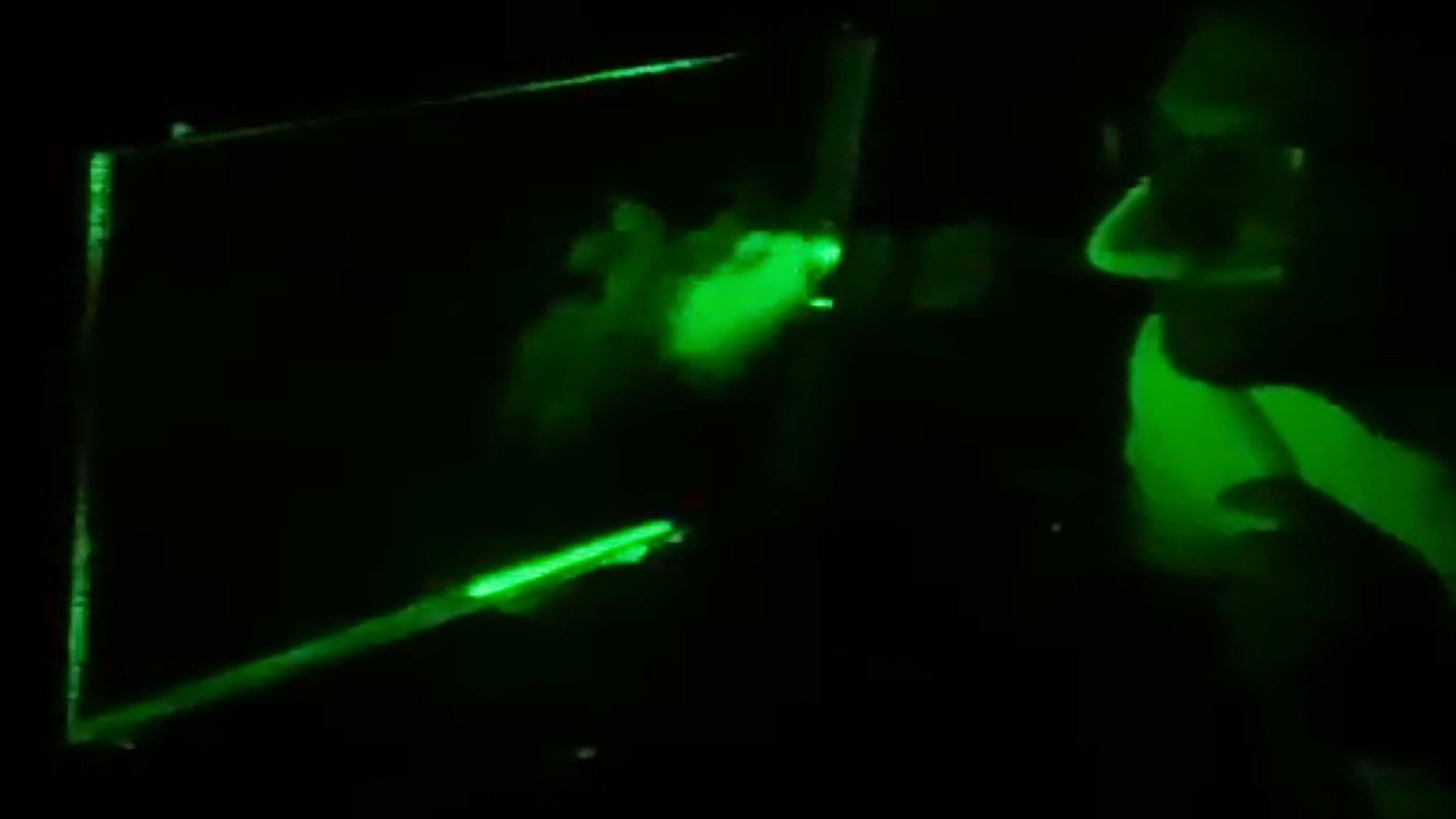
Aerosol microdroplets do not appear to be extremely efficient at spreading the virus that leads to COVID-19. While the lingering microdroplets are certainly not risk-free, due to their small size they contain less virus than the larger droplets that are produced when someone coughs, speaks, or sneezes directly on us, said researchers at the University of Amsterdam’s Van der Waals-Zeeman Institute. The results were published in Physics of Fluids.
The American Institute of Physics is celebrating and supporting #BlackinPhysics Week, from now until Oct. 31, through the publication of a series of essays, oral histories, illustrations, and social media outreach. In addition, a new survey of academic institutions will showcase the impact of AIP’s TEAM-UP report on African American students in physics and the physical sciences.
UB’s Eva Zurek, a theoretical chemist, is an expert on high-pressure chemistry and the search for superconductors BUFFALO, N.Y. — After decades of hunting, scientists recently announced the discovery of a room-temperature superconductor — an elusive material that conveys electricity with…
New Brunswick, N.J. (Oct. 15, 2020) – Blakesley Burkhart’s childhood days spent volunteering at a science museum and watching the Discovery Channel and sci-fi shows sparked her love of science and fascination with the stars. “These were the beginning years…
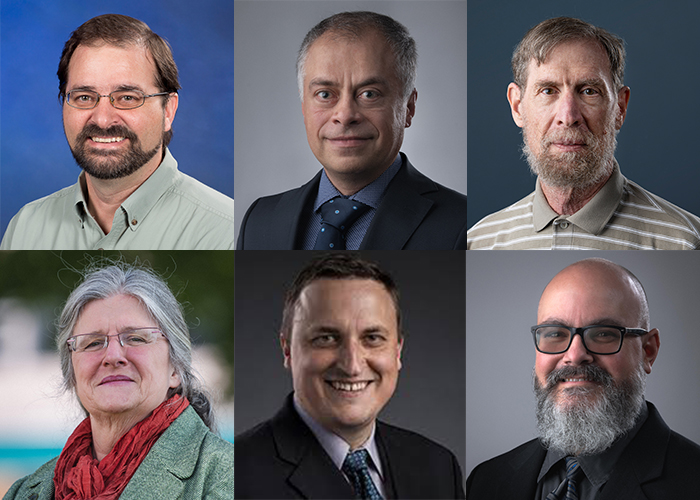
Six Los Alamos National Laboratory physicists have been elected Fellows of the American Physical Society this year. The Lab’s 2020 APS Fellows are Luis Chacon, Andrea Favalli, Ralph Menikoff, Andrea Palounek, Nikolai Sinitsyn, and Blas Uberuaga.
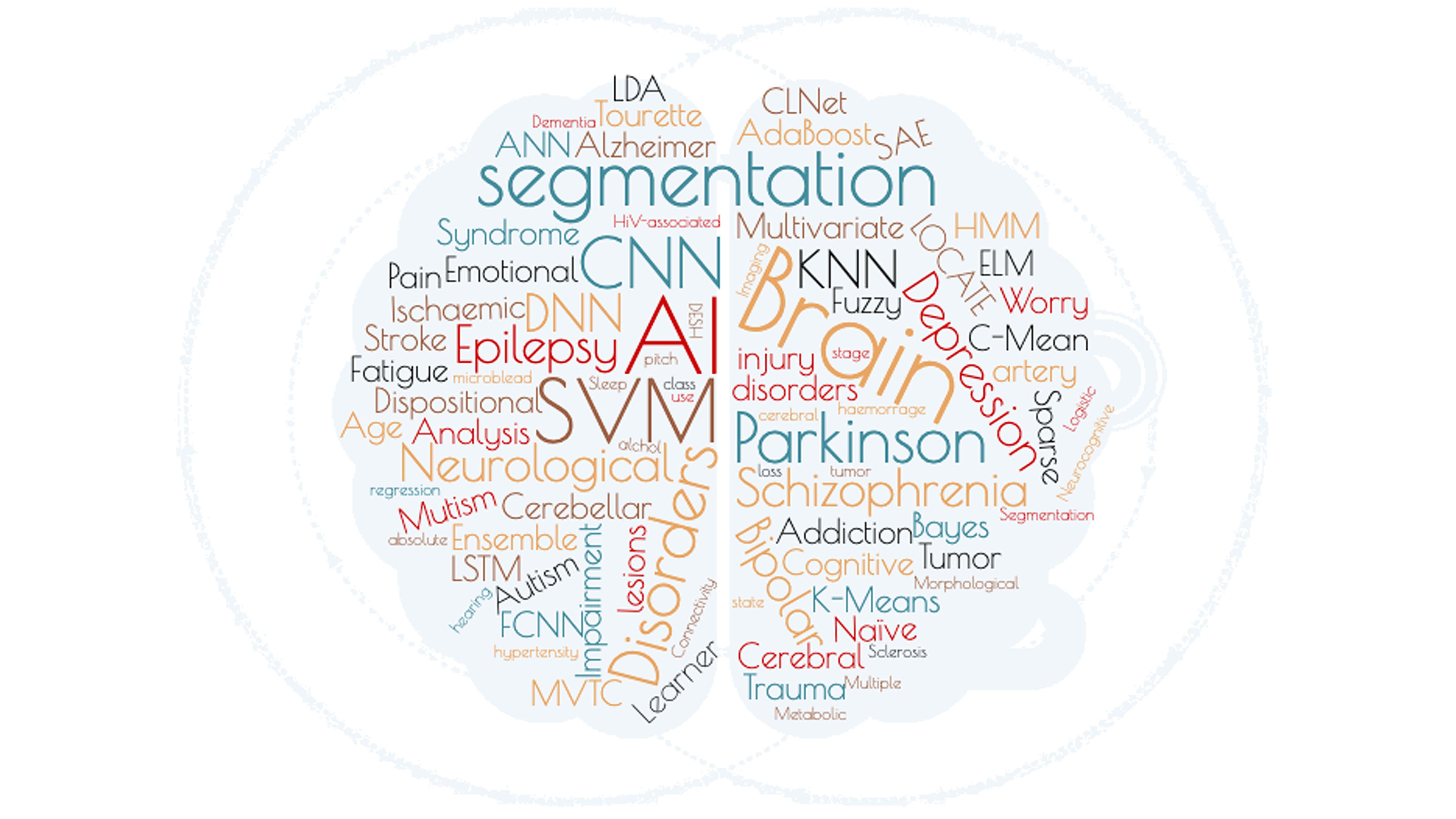
The range of AI technologies available for dealing with brain disease is growing fast, and exciting new methods are being applied to brain problems as computer scientists gain a deeper understanding of the capabilities of advanced algorithms. In APL Bioengineering, Italian researchers conducted a systematic literature review to understand the state of the art in the use of AI for brain disease. Their qualitative review sheds light on the most interesting corners of AI development.

Physicist Erik Gilson won third place at the Princeton University Keller Center’s 15th Annual Innovation Forum for his invention with a team of PPPL researchers of an advanced liquid centrifuge.
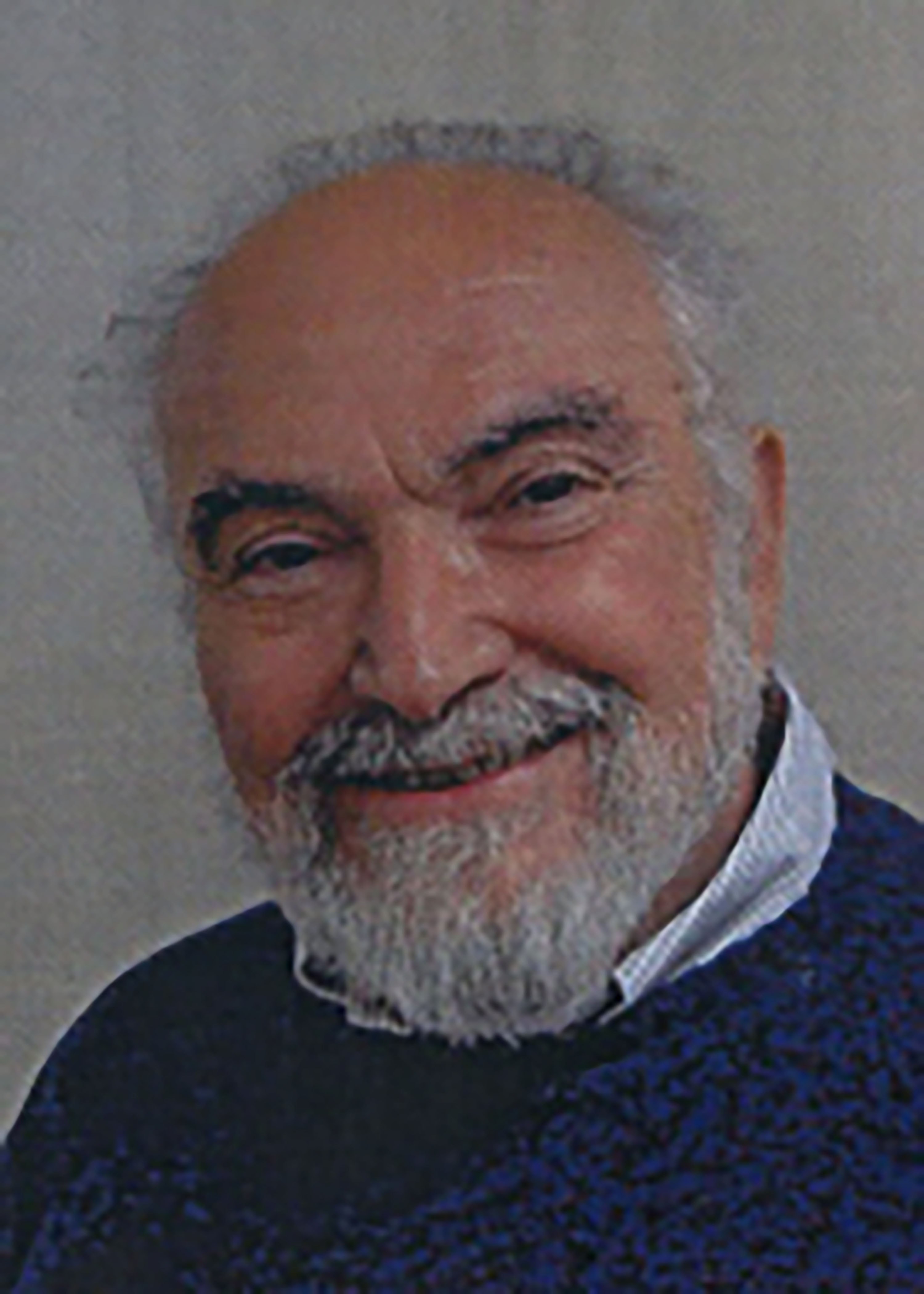
The American Institute of Physics and the American Physical Society announce Joel Lebowitz, director of the Center for Mathematical Sciences Research at Rutgers University, as the recipient of the 2021 Dannie Heineman Prize for Mathematical Physics. The citation on the award reads: “for seminal contributions to nonequilibrium and equilibrium statistical mechanics, in particular, studies of large deviations in nonequilibrium steady states and rigorous analysis of Gibbs equilibrium ensembles.”
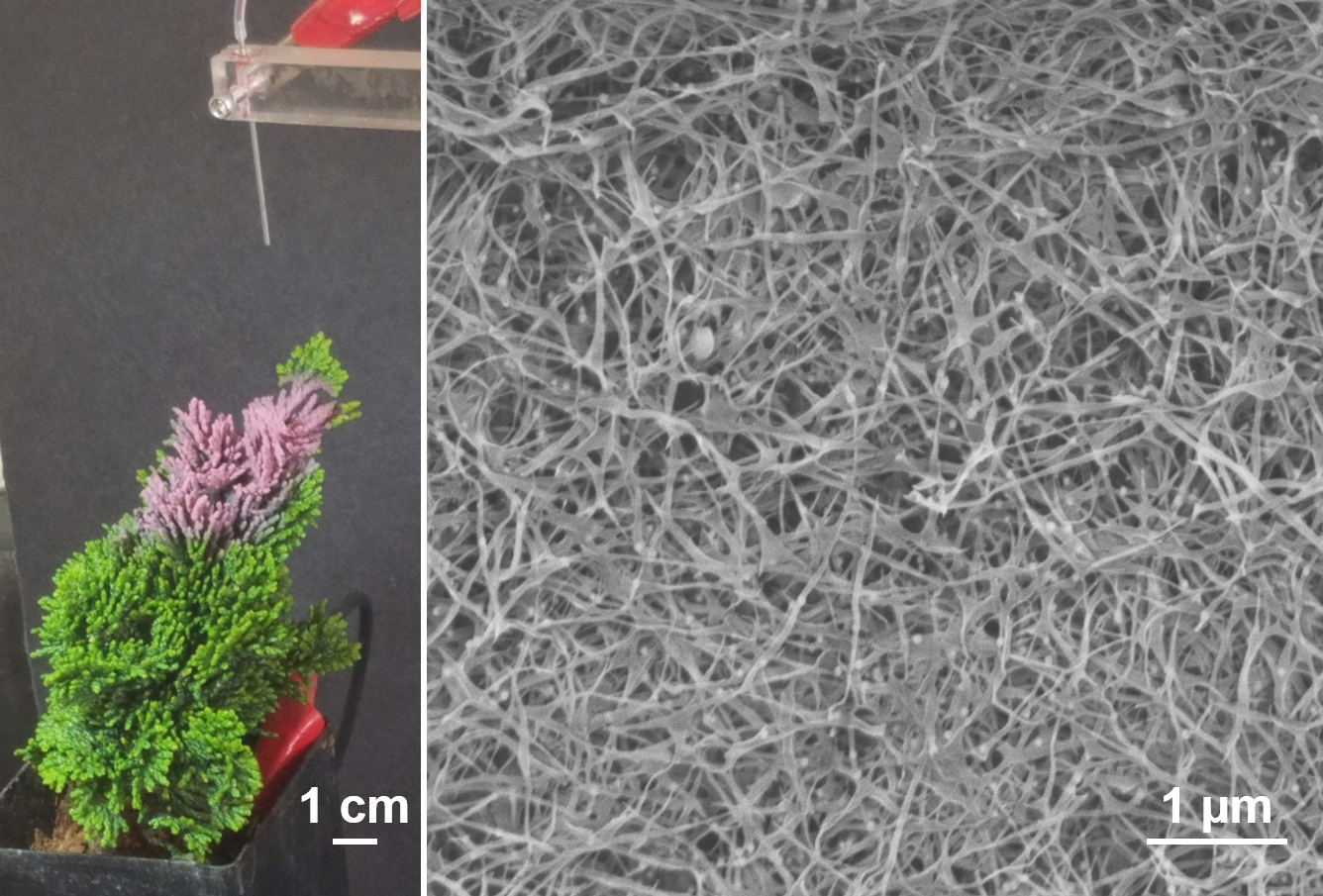
Engineers have invented a way to spray extremely thin wires made of a plant-based material that could be used in N95 mask filters, devices that harvest energy for electricity, and potentially the creation of human organs. The method involves spraying methylcellulose, a renewable plastic material derived from plant cellulose, on 3D-printed and other objects ranging from electronics to plants, according to a Rutgers-led study in the journal Materials Horizons.

The 2020 Nobel Prize in physics was awarded to Roger Penrose, Reinhard Genzel, and Andrea Ghez, for their work on black holes, described by the Nobel committee as “the darkest secrets in the universe.” To help journalists and the public understand the context of this work, AIP is compiling a Nobel Prize resources page featuring relevant scientific papers and articles, quotes from experts, photos, multimedia, and other resources. The page will be updated throughout the day.
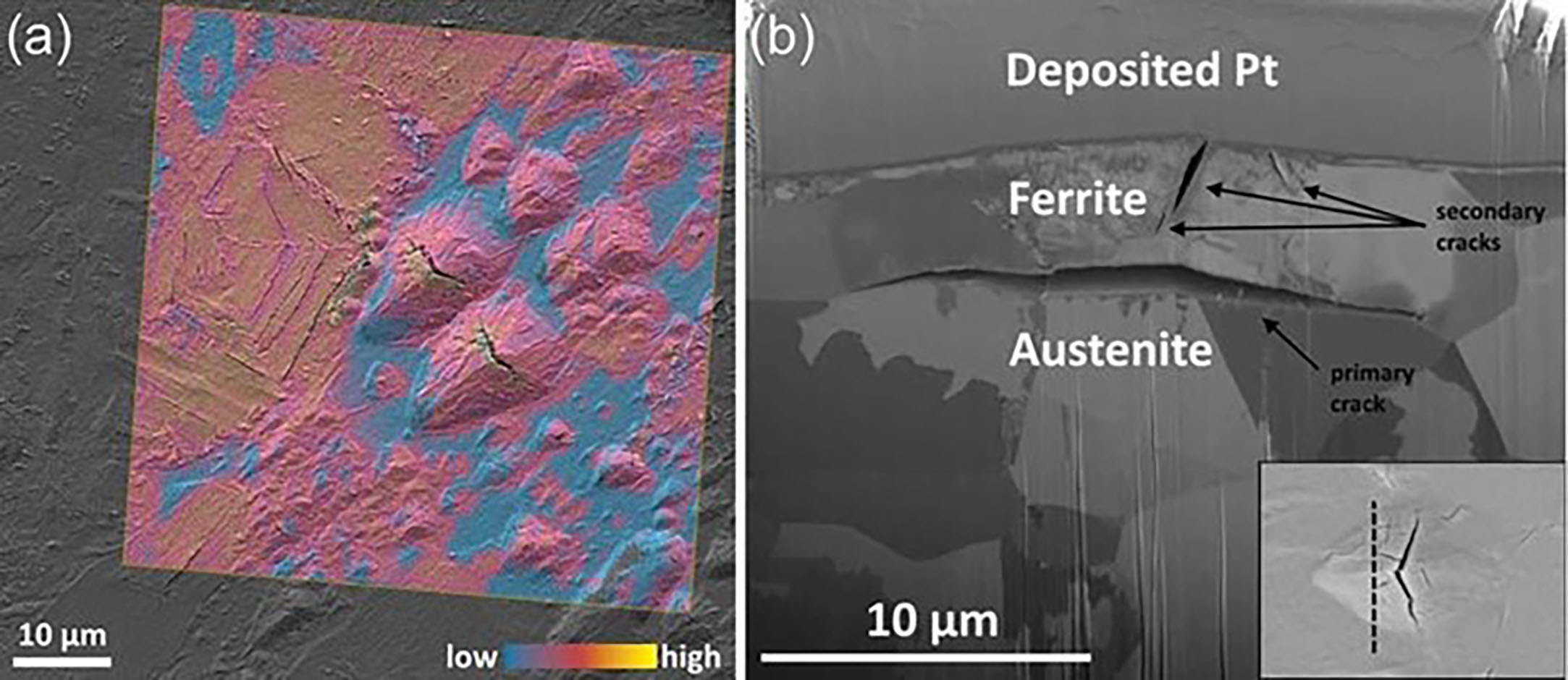
Hydrogen is becoming a crucial pillar in the clean energy movement, and developing safe and cost-effective storage and transportation methods for it is essential but complicated, because hydrogen can cause brittleness in several metals including ferritic steel. Recent advancements are starting to provide insight into the embrittlement process. A review of various methods in Applied Physics Reviews improves the understanding of the structure, property, and performance of ferritic steels subjected to mechanical loading in a hydrogen environment.

France Córdova, former director of the National Science Foundation, NASA chief scientist, and president of Purdue University, has been appointed as the first chair of the newly formed AIP Foundation. The Foundation was established to support the charitable, scientific, and educational mission of the American Institute of Physics by amplifying philanthropic support of the Institute, bolstering and innovating funding models for AIP programs and activities and supporting the Institute’s overarching strategy of advancing the physical sciences with a unifying voice of strength from diversity.

A Florida State University faculty member has been named a 2020 Fellow of the American Physical Society. Ingo Wiedenhöver, a professor at FSU’s Department of Physics in the College of Arts and Sciences, was selected for the distinction in recognition of his contributions to the field of physics.
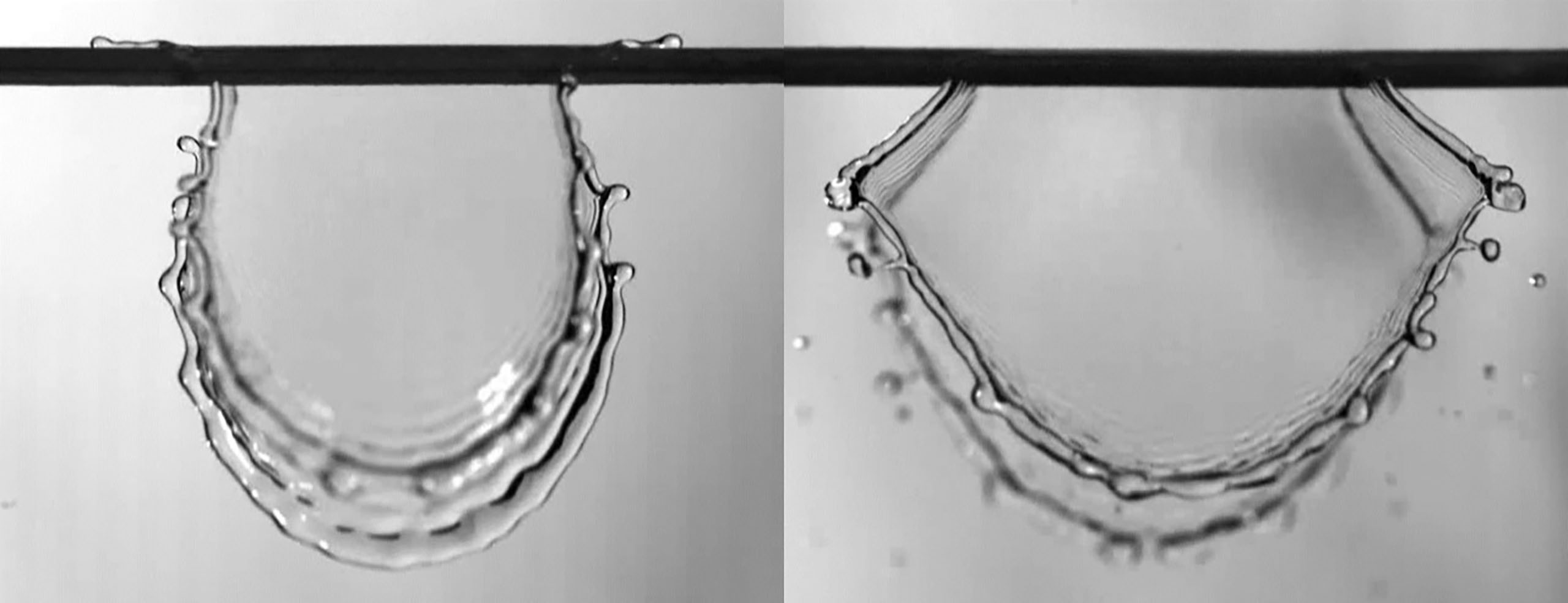
If you have been surrounded by the sight and smell of pine trees, you may have taken a closer look at the needles and then wondered how their properties are influenced by rainfall. In Physics of Fluids, researchers are currently probing how well pine needles allay the impact of rain beneath the tree. They explored the impact of raindrops onto fixed, noncircular fibers of the longleaf pine by using high-speed videography to capture the results.
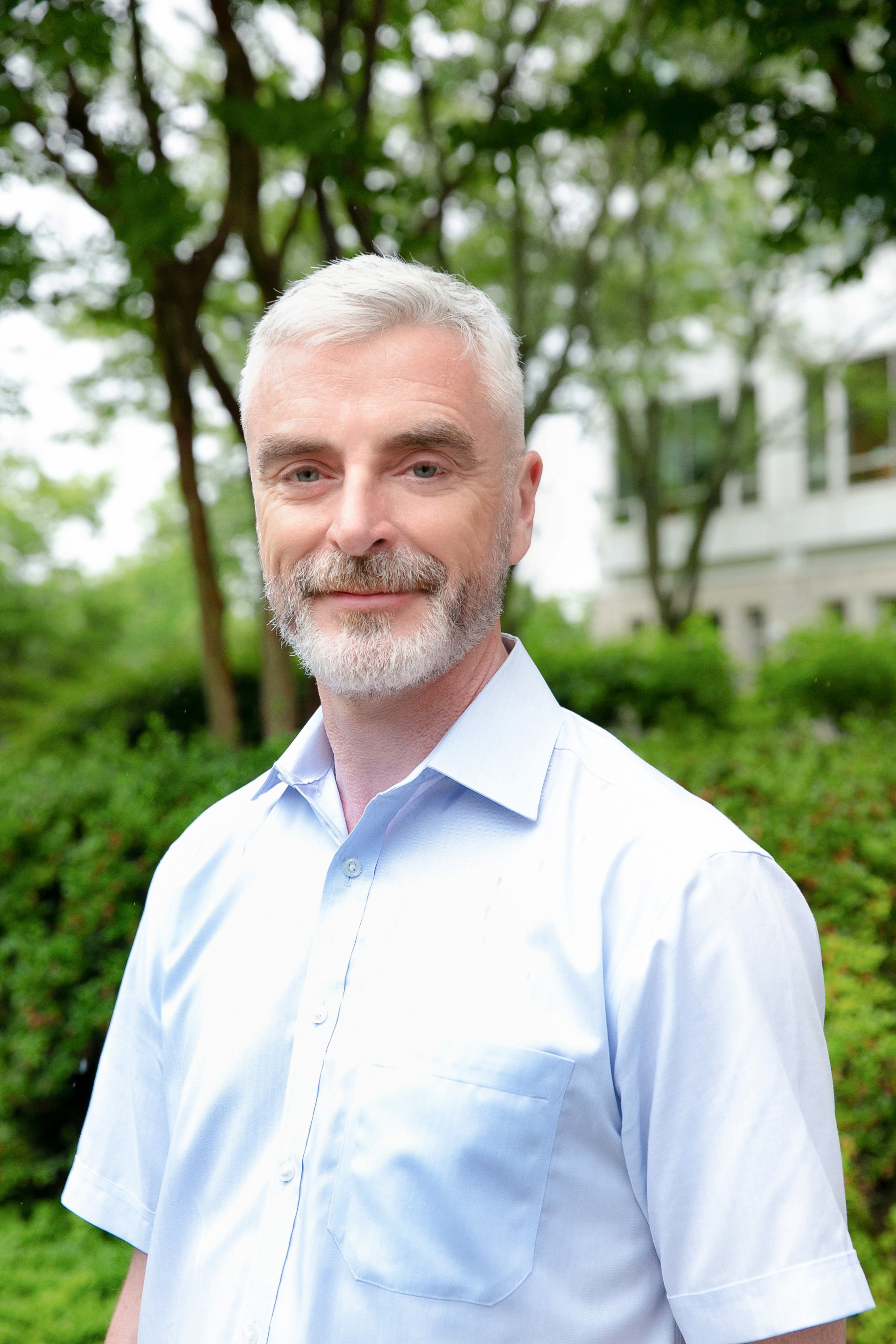
Michael Moloney, CEO of the American Institute of Physics, was elected a 2020 Fellow of the American Physical Society as recognition of his outstanding contributions to physics. The citation reads, “For exceptional contributions to physics research enterprise and science policy as overseer of studies conducted by the National Academies of Sciences boards on Space, and Physics and Astronomy, and by the National Materials Advisory Board; and for visionary leadership as CEO of the American Institute of Physics.”
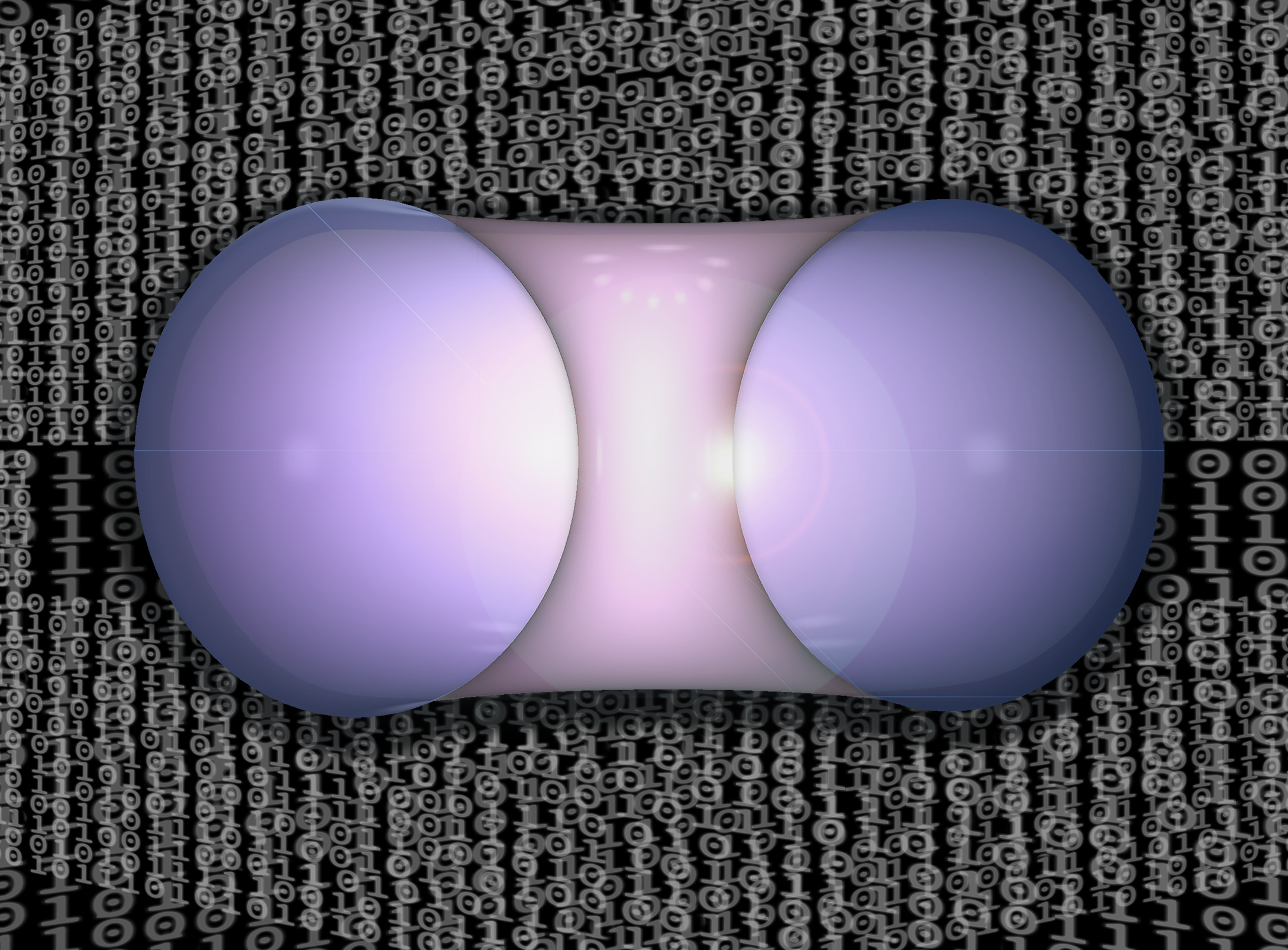
An international group of researchers has developed a technique that forecasts how tokamaks might respond to unwanted magnetic errors. These forecasts could help engineers design fusion facilities that create a virtually inexhaustible supply of safe and clean fusion energy to generate electricity.
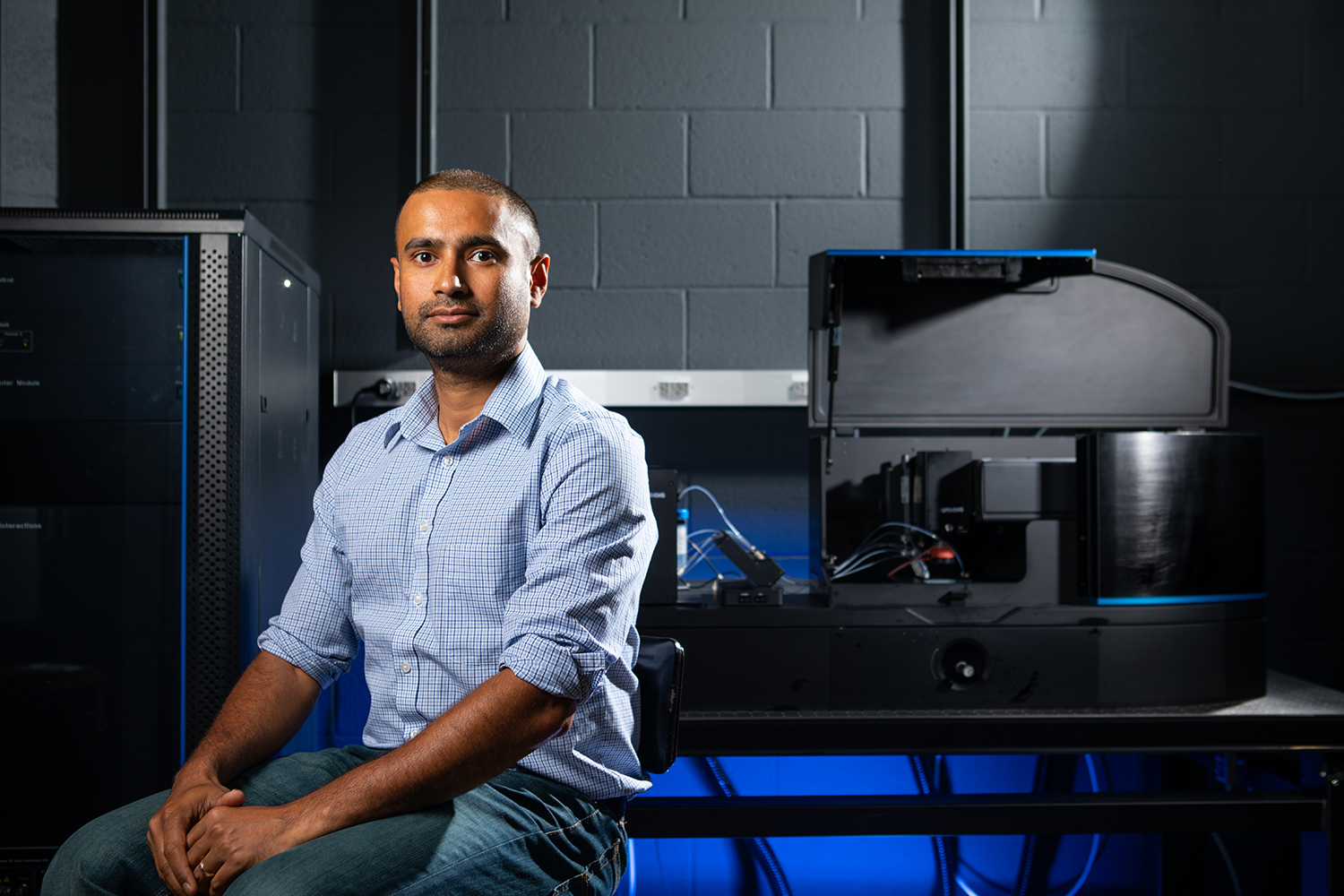
Inside human cells, proteins and RNA can cluster together to form spherical droplets that play vital roles in cellular processes as well as in certain human diseases. A $2 million grant will allow biophysicist Priya Banerjee’s team at UB to explore the molecular details of protein-RNA condensates.
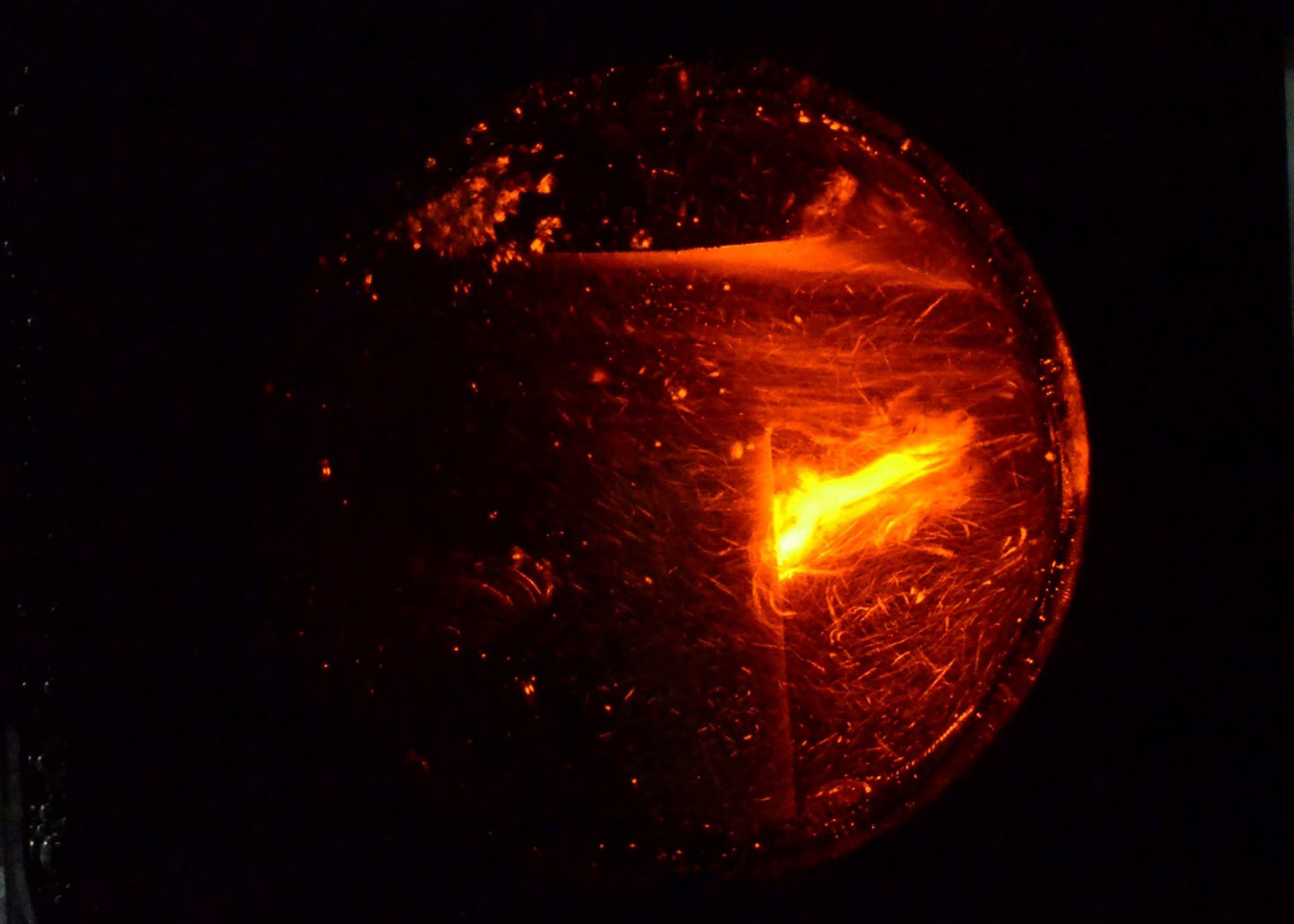
Producing biogas from the bacterial breakdown of biomass presents options for a greener energy future, but the complex composition of biomass comes with challenges. Cellulose and woody lignocellulose are especially hard for bacteria to digest but pretreatment can make it easier. Researchers are testing plasma formation in biomass and finding a promising method: A plasma-liquid interaction forms reactive species that help break down the biomass and decrease the viscosity of the biomass material.